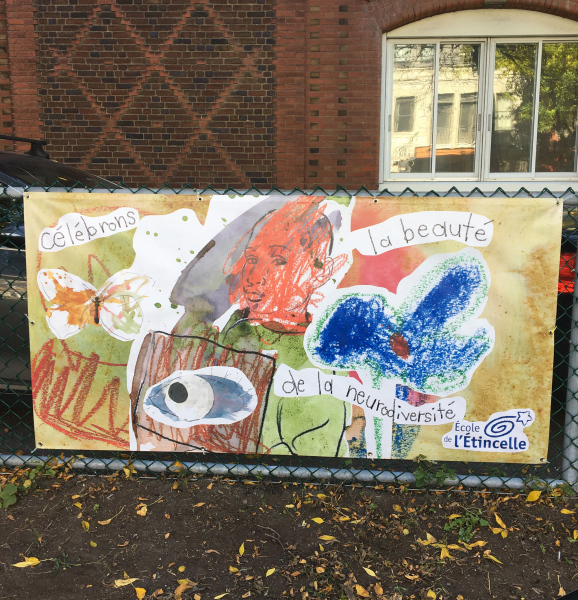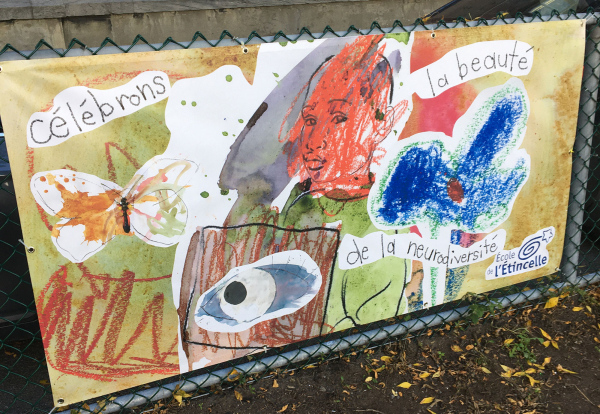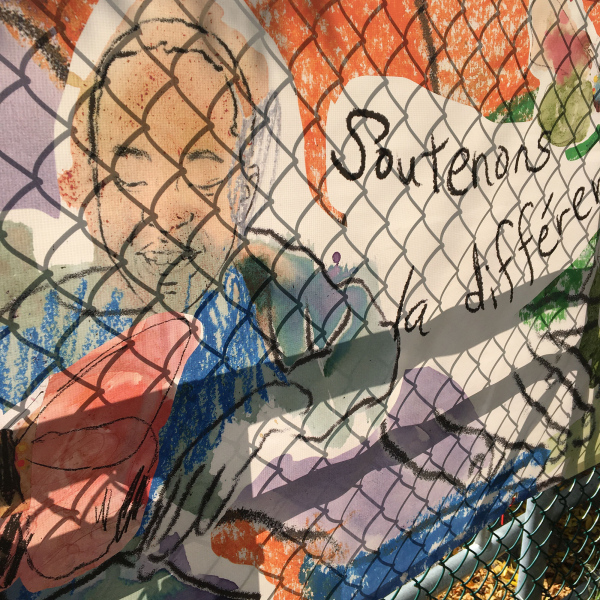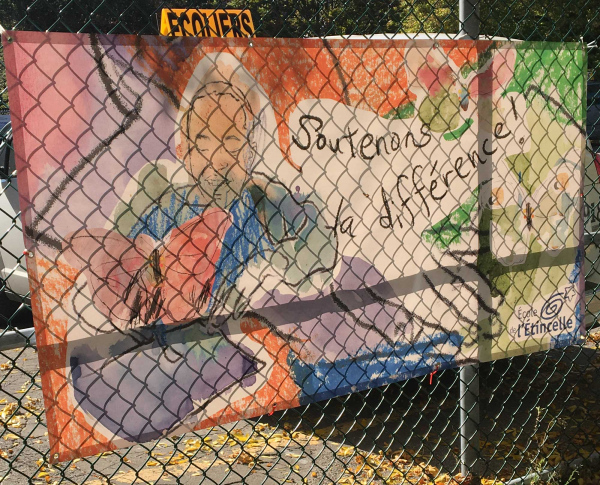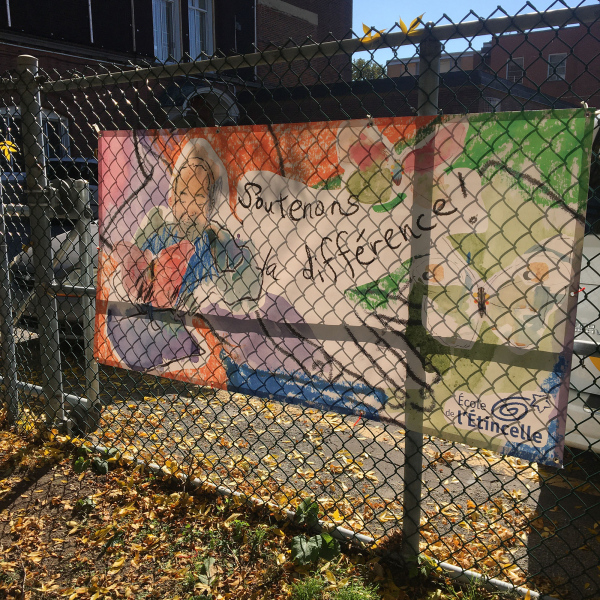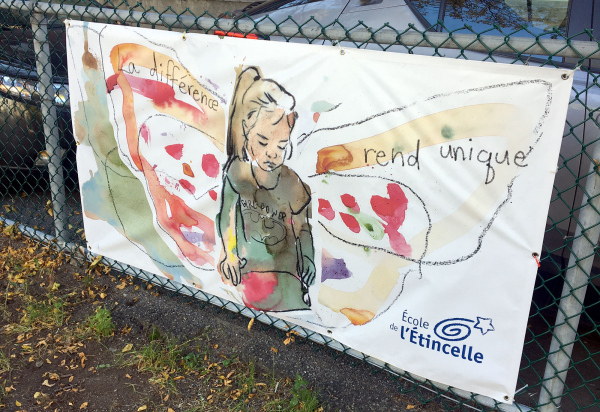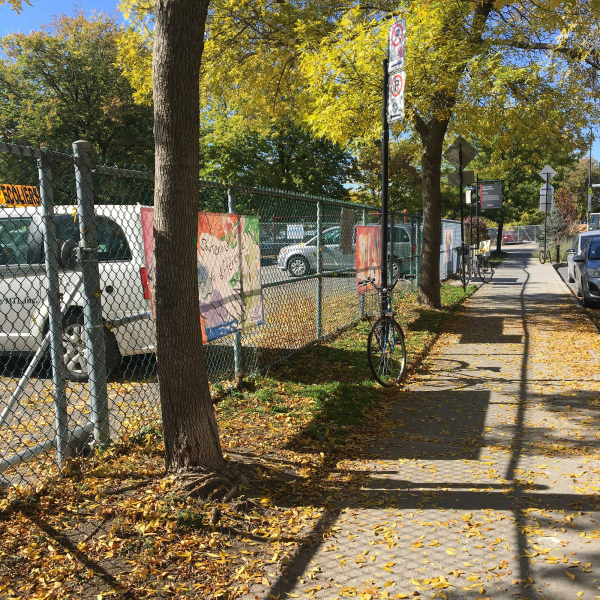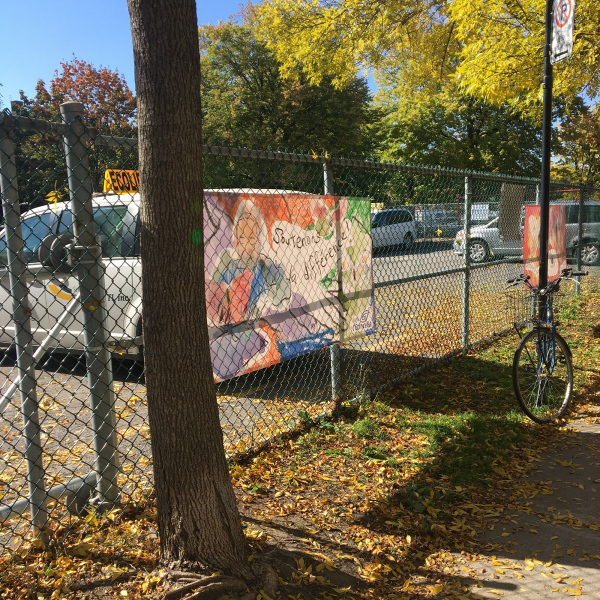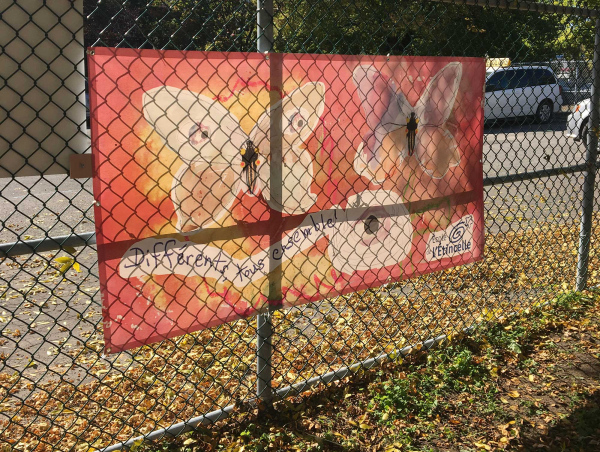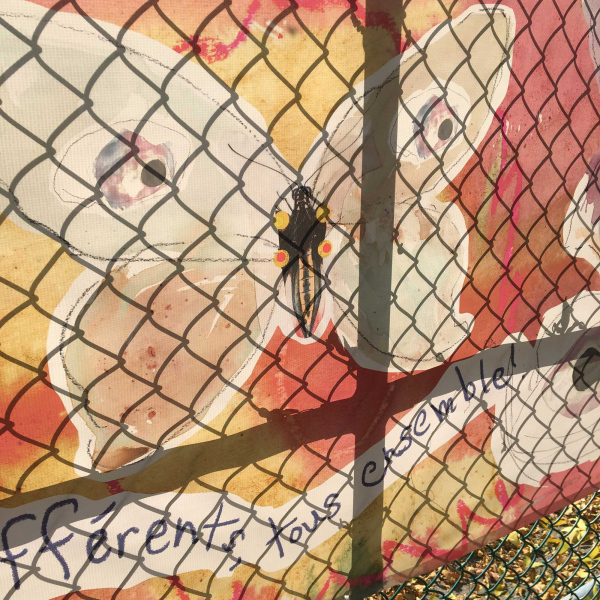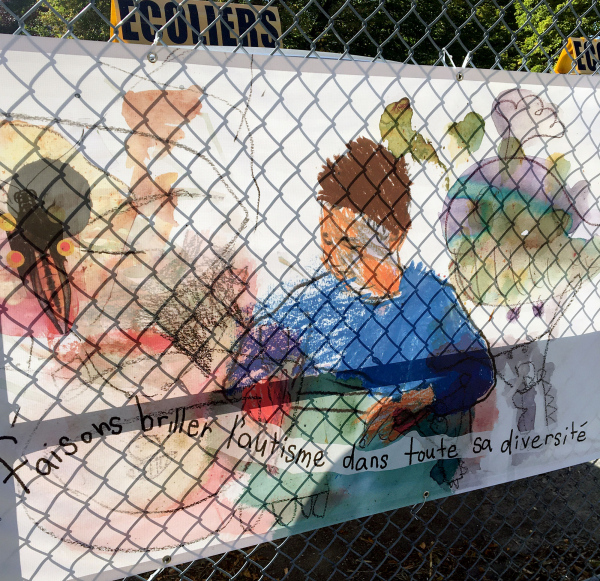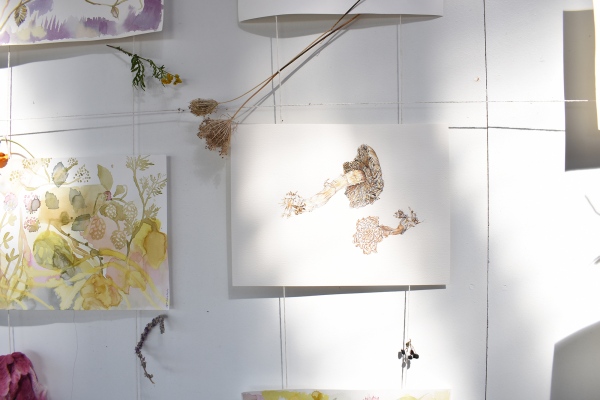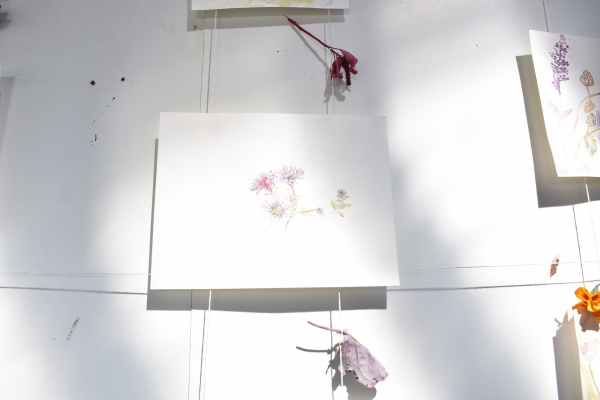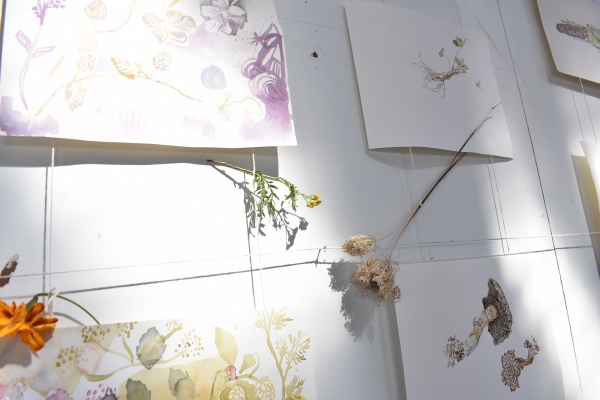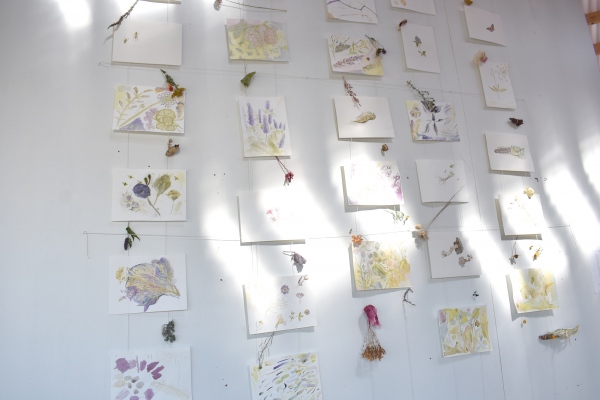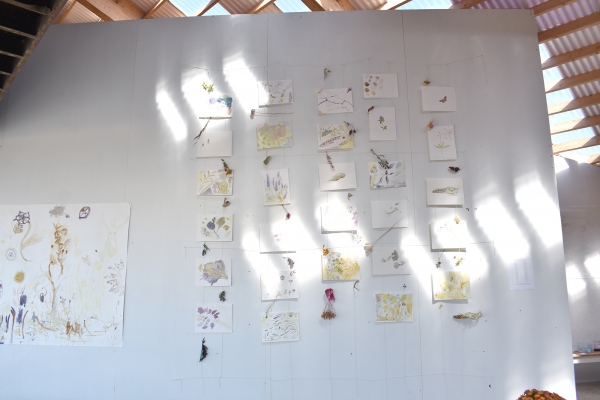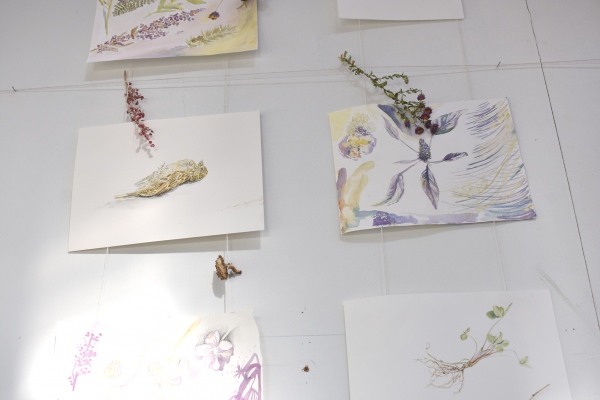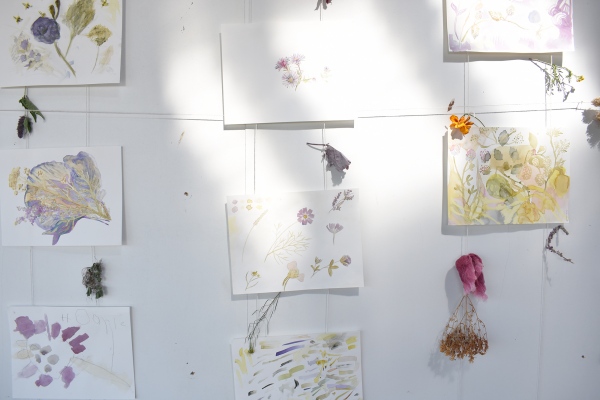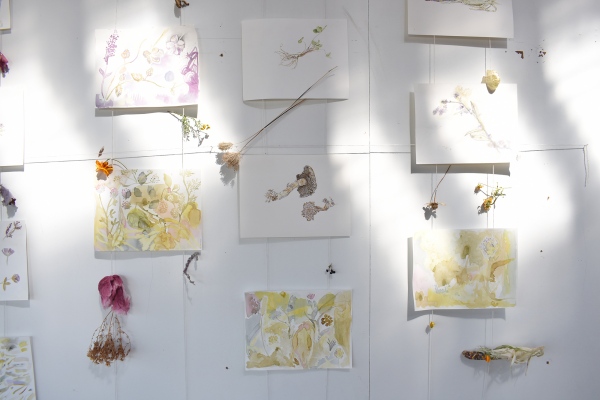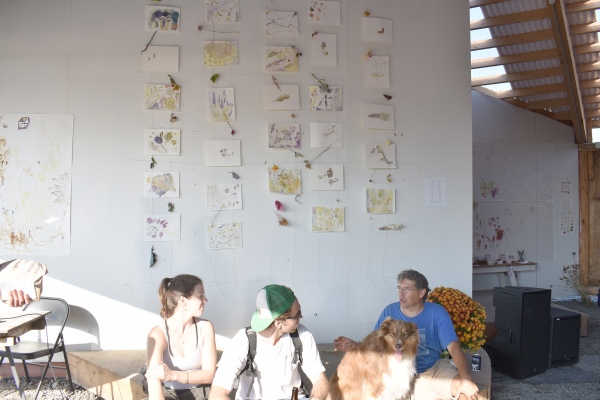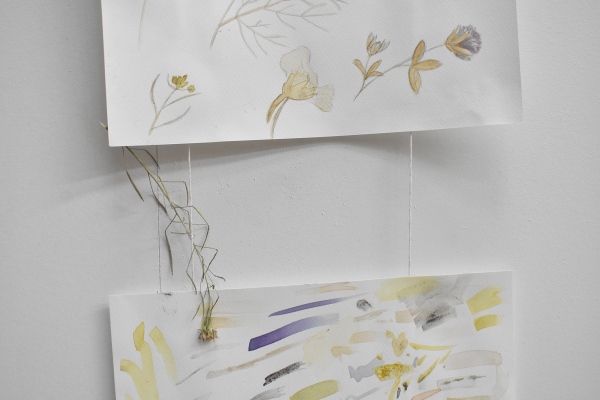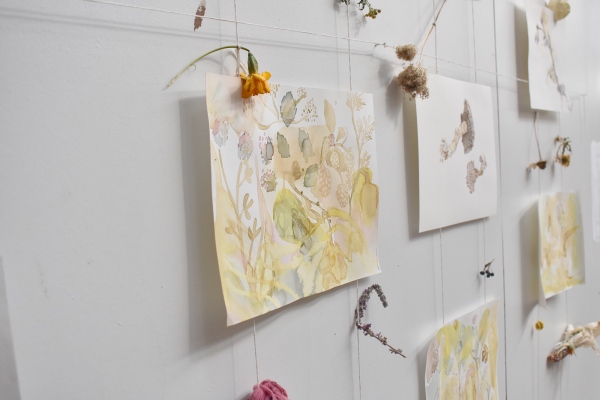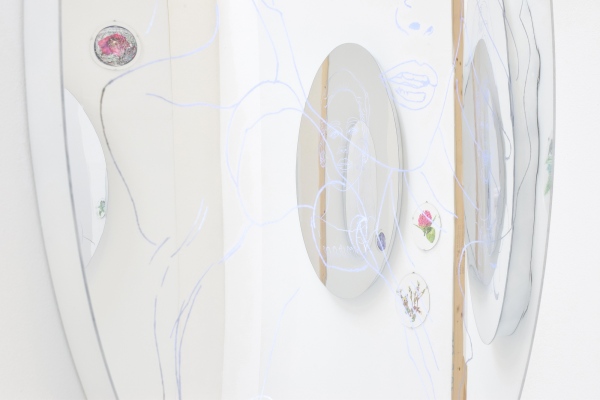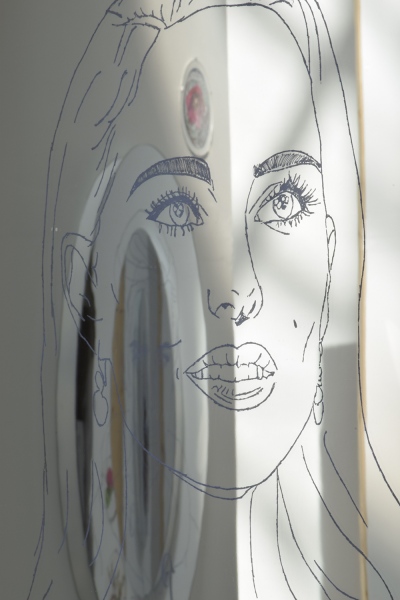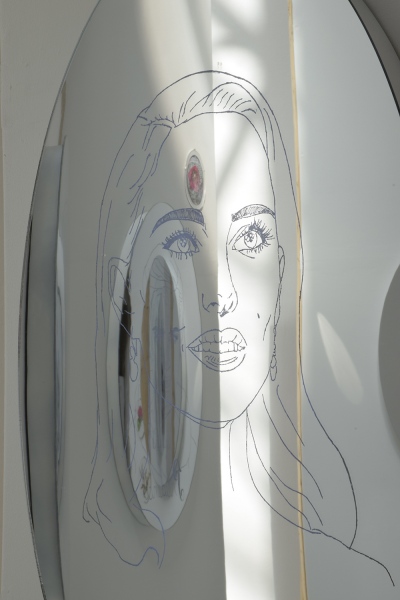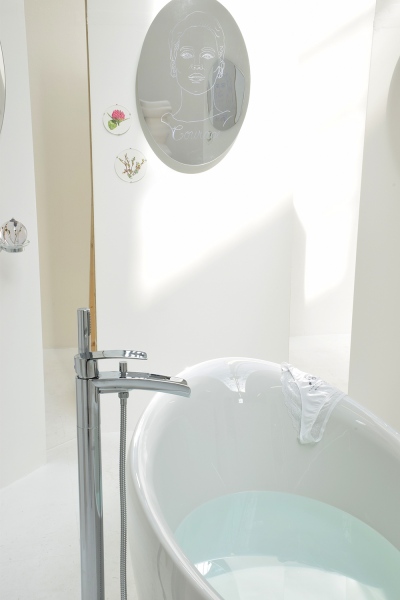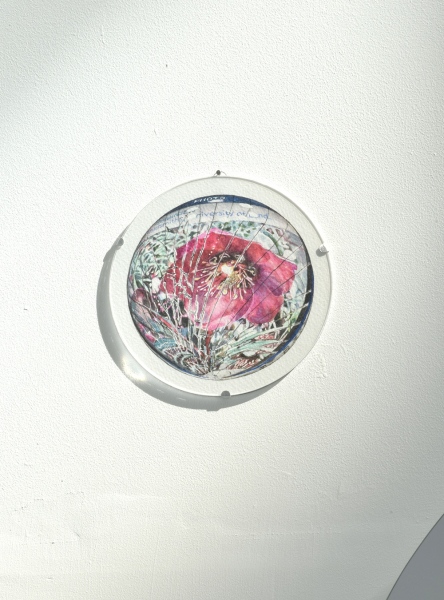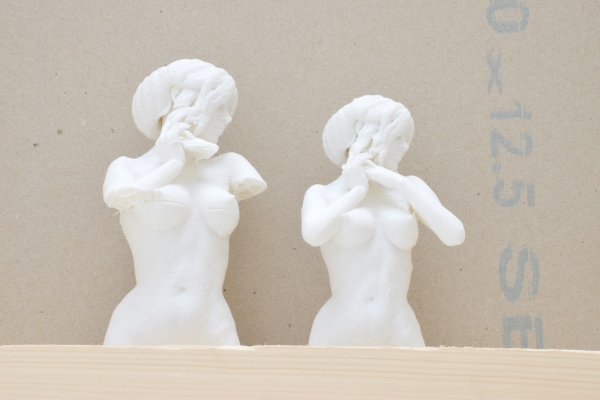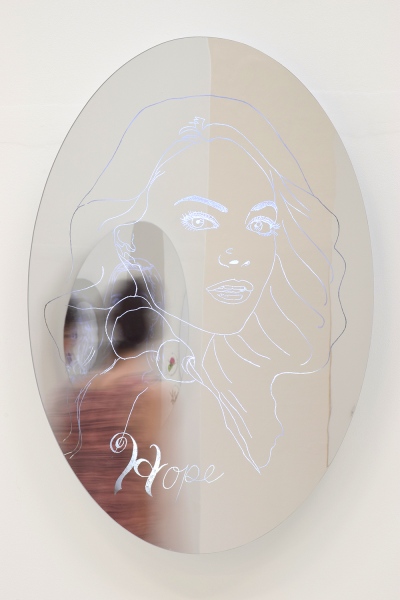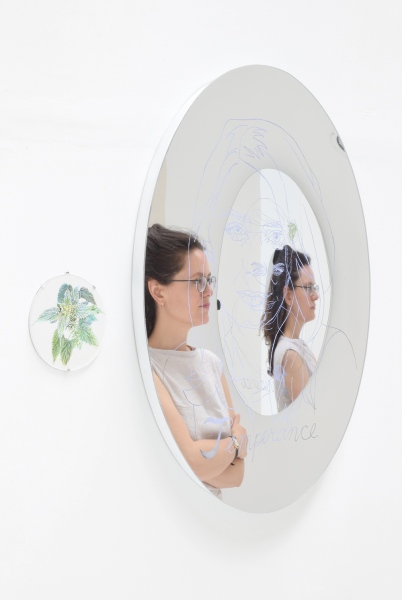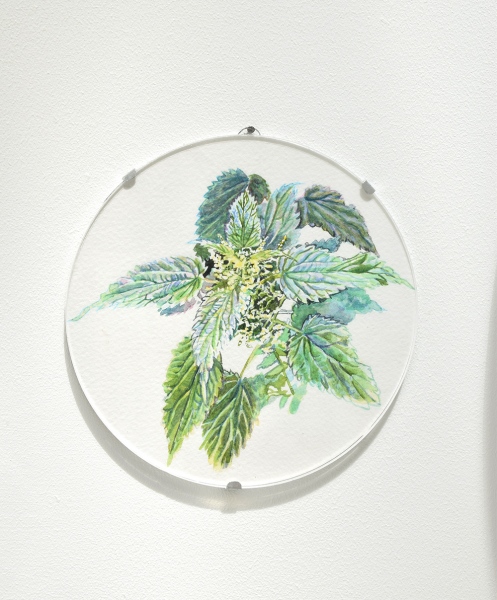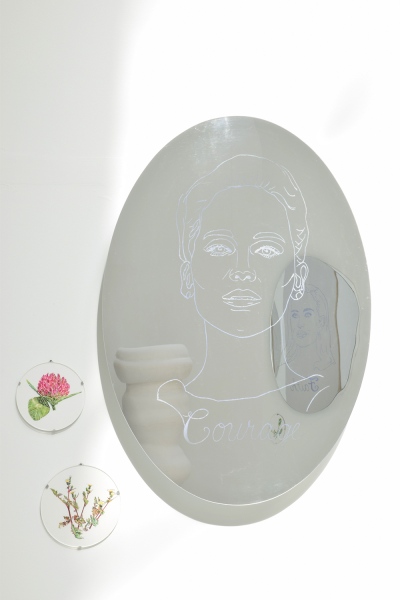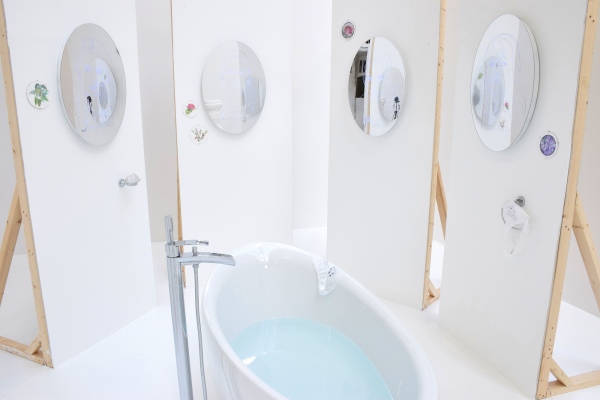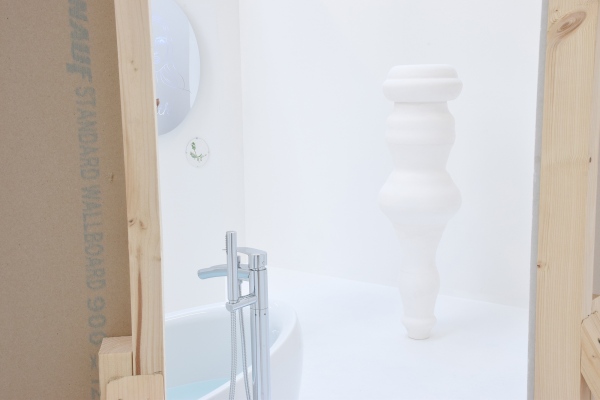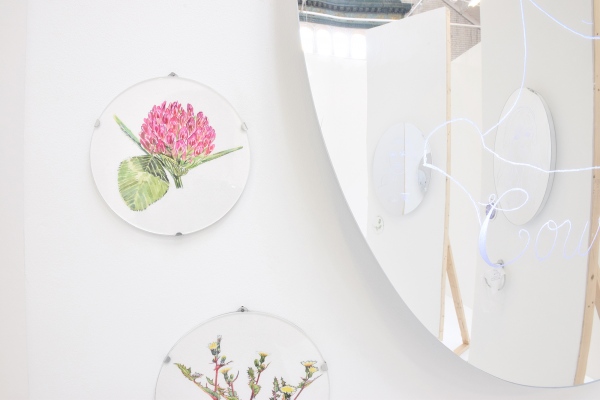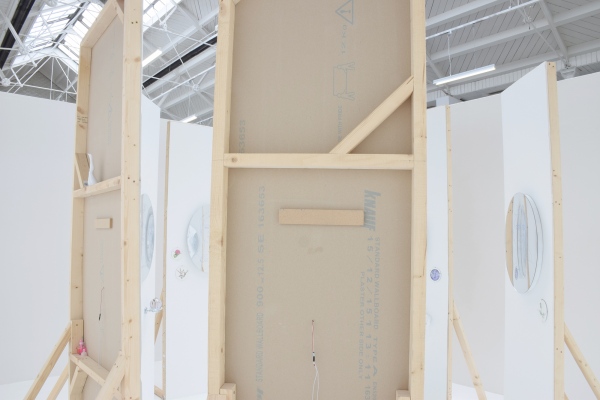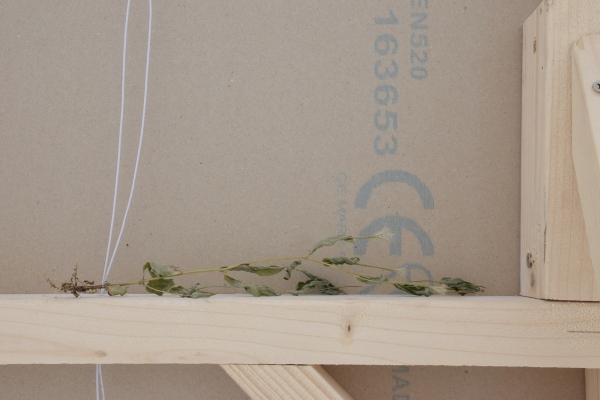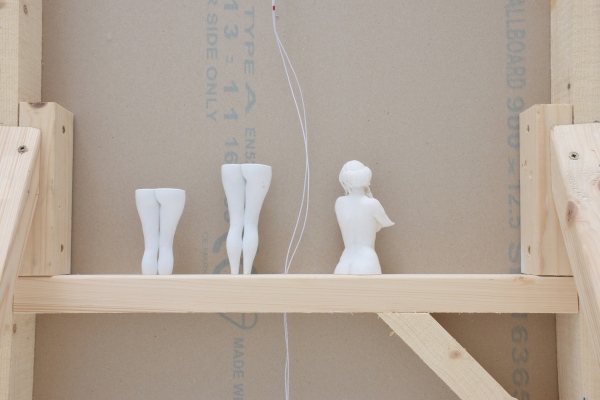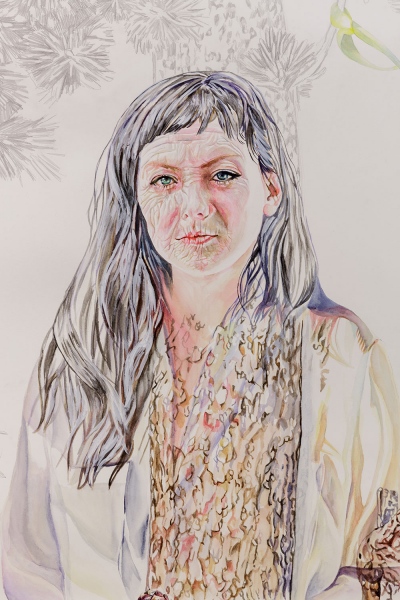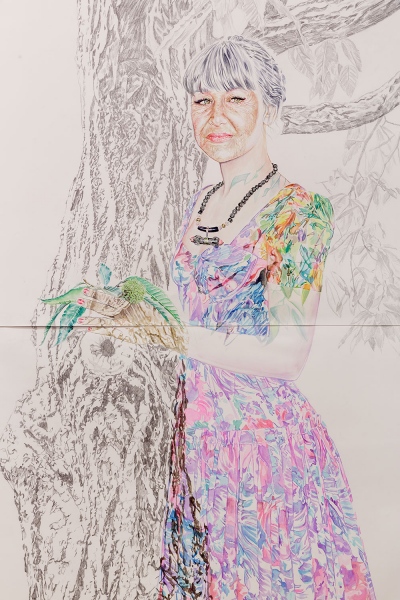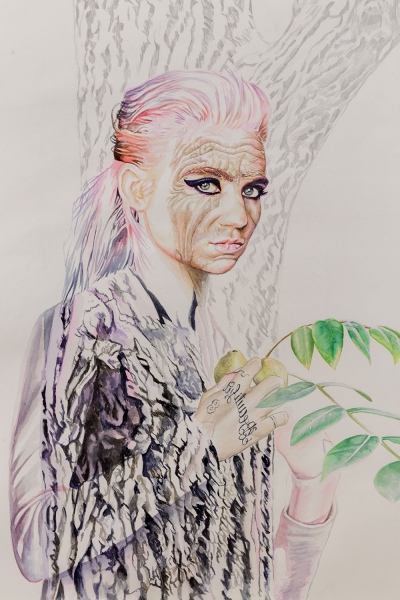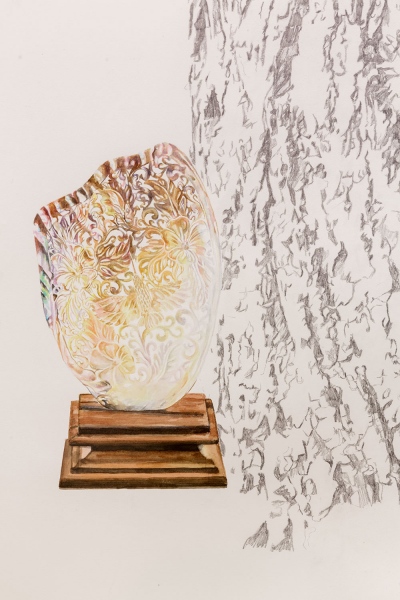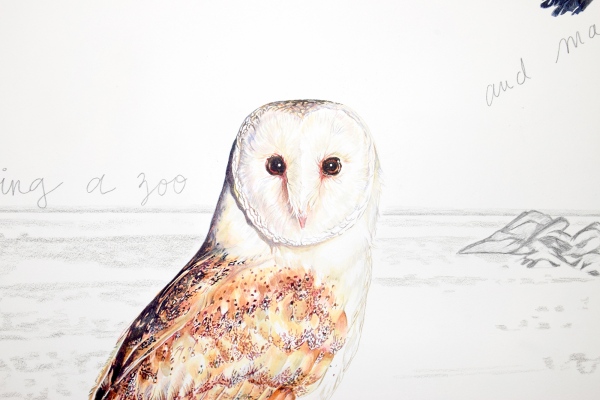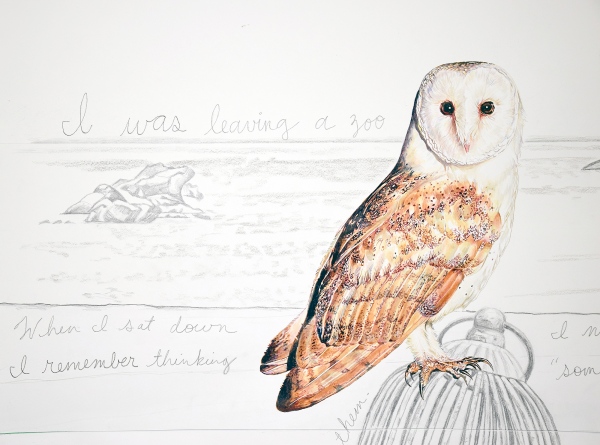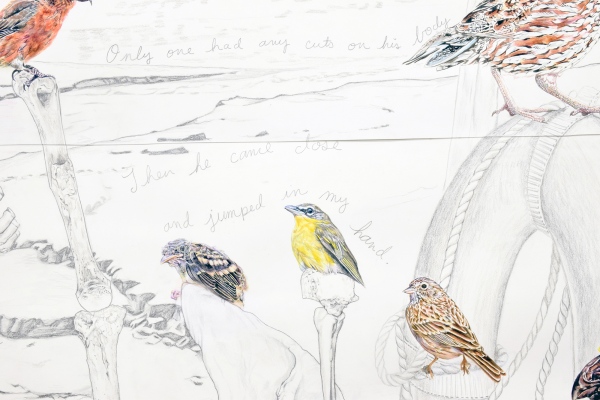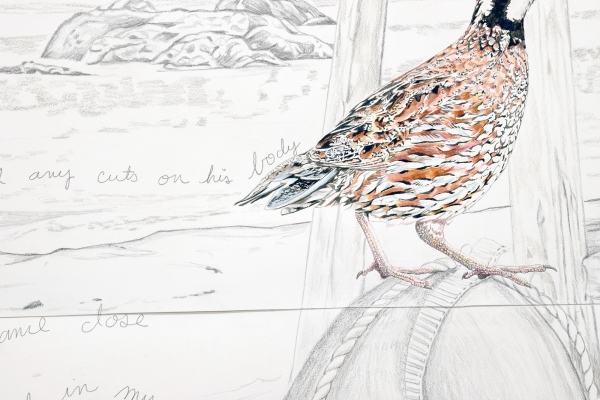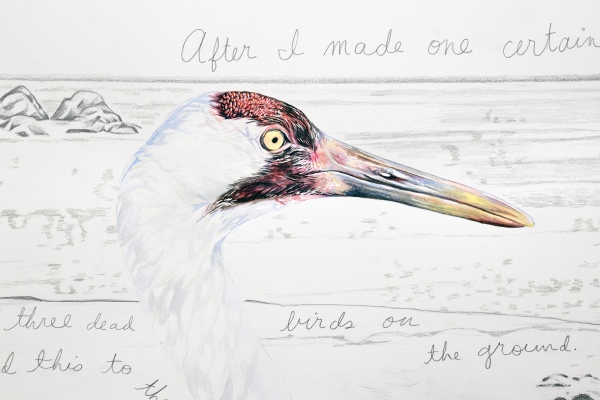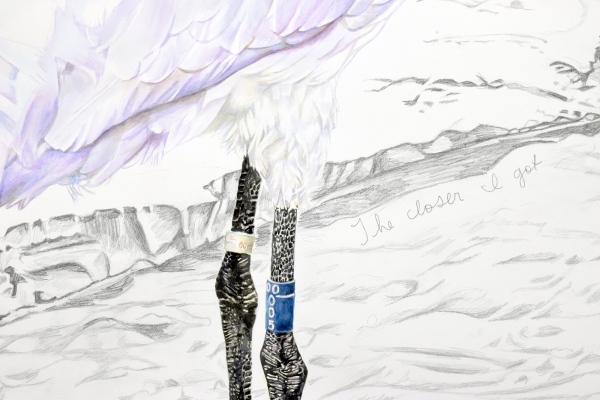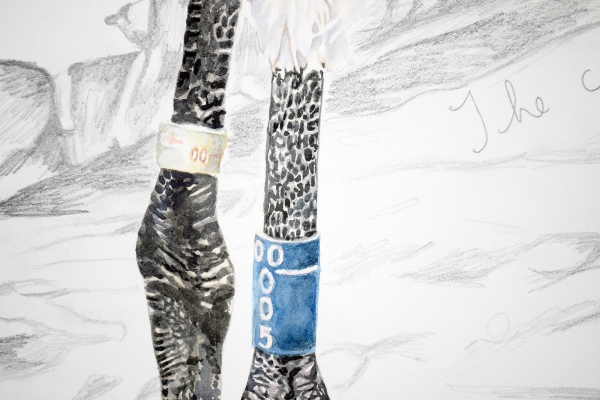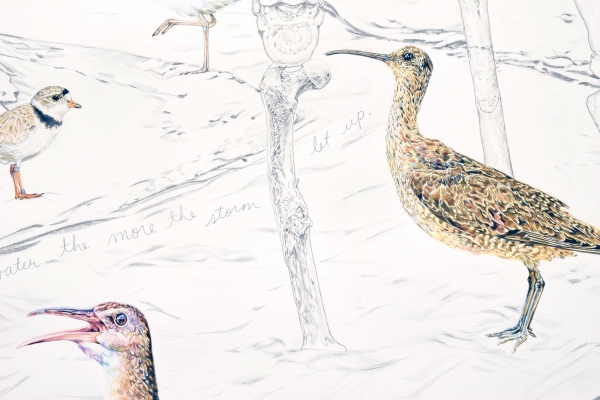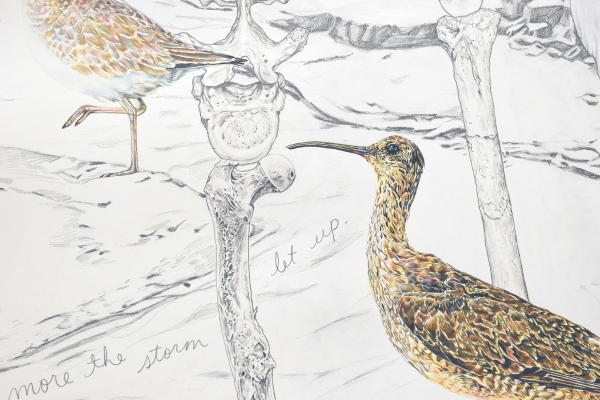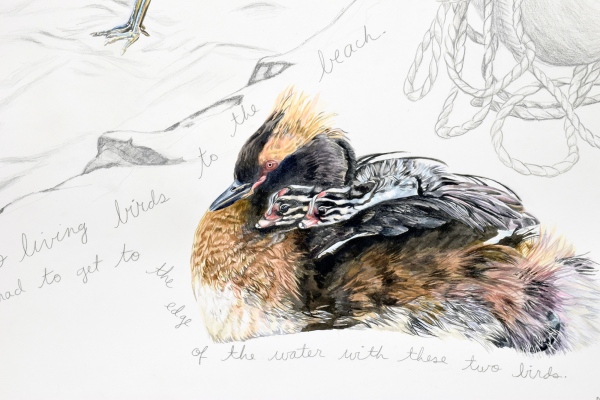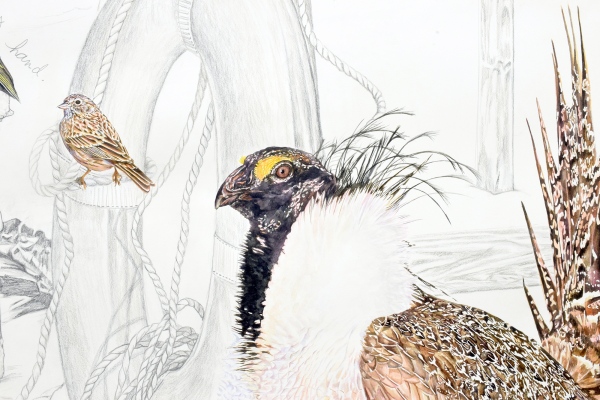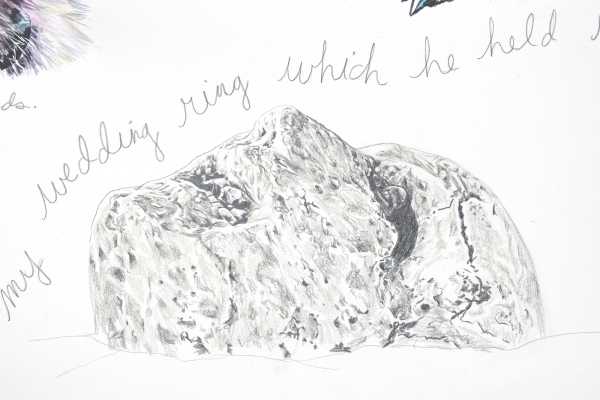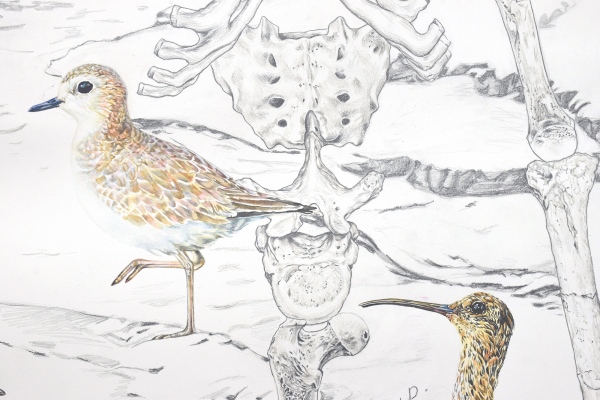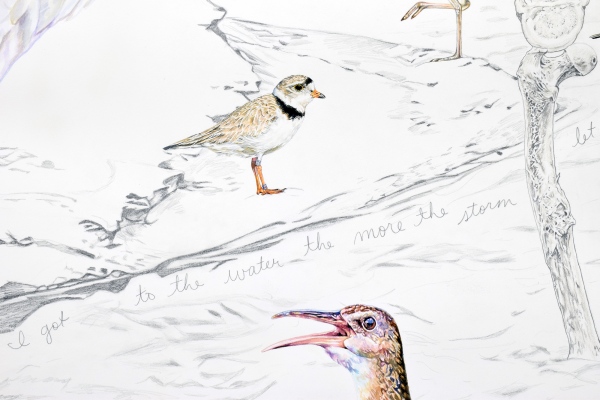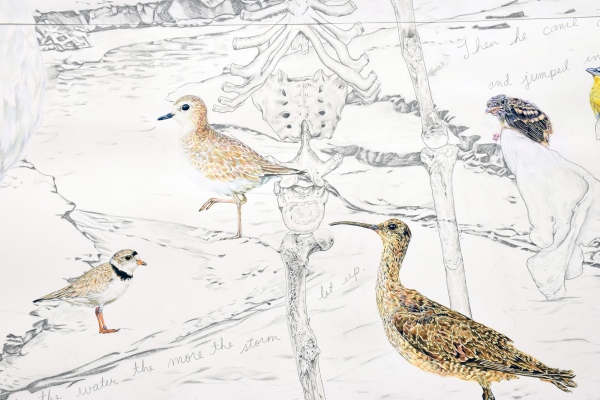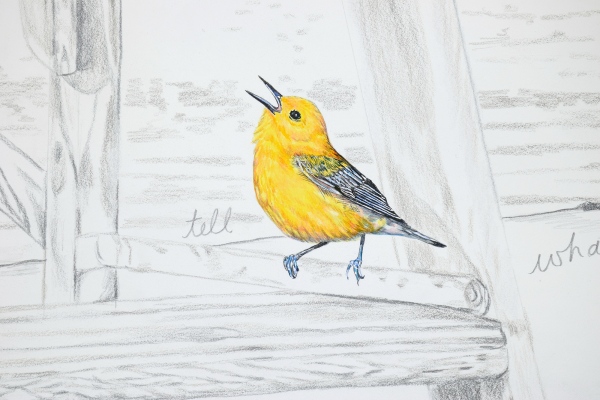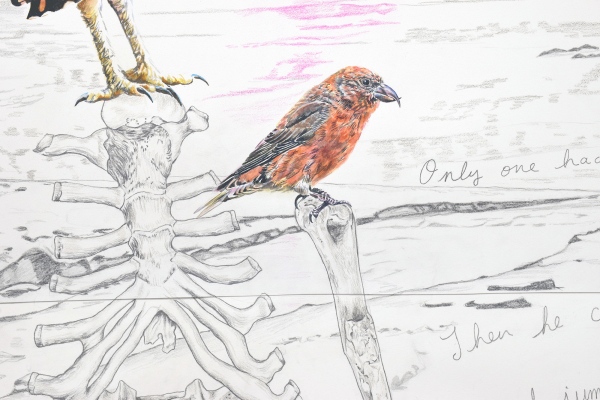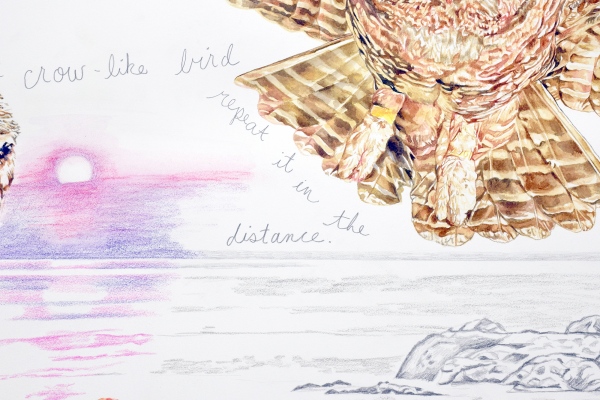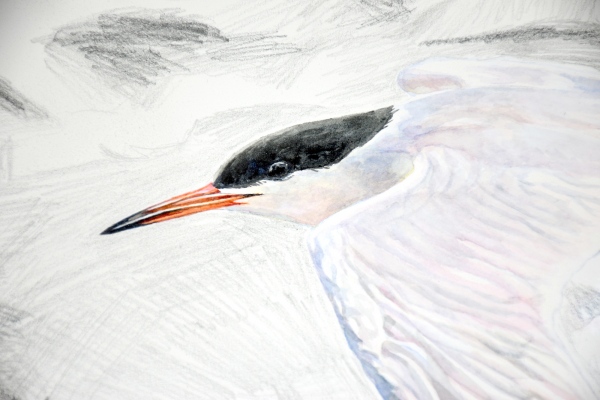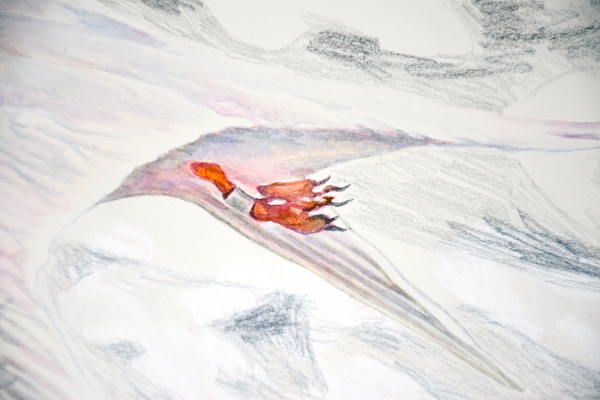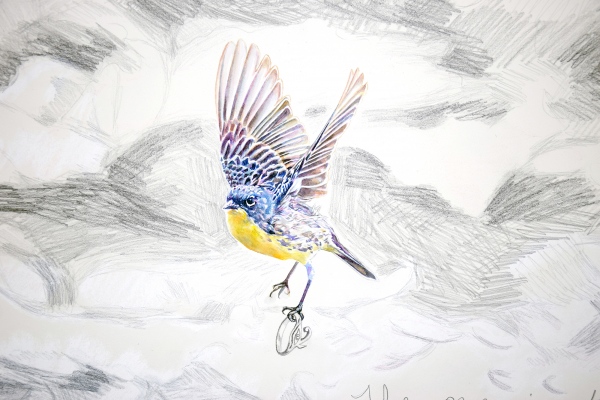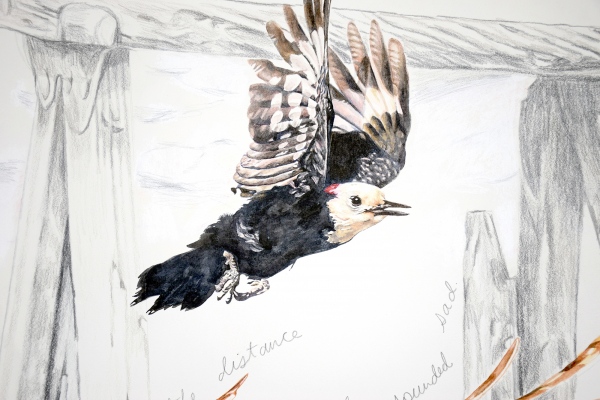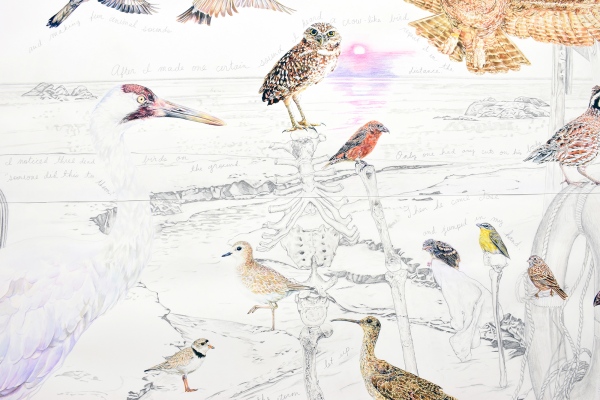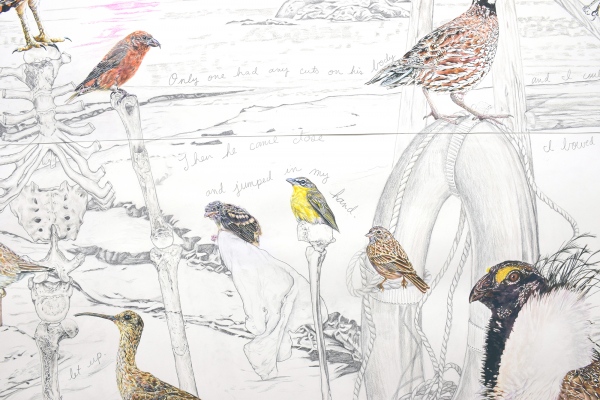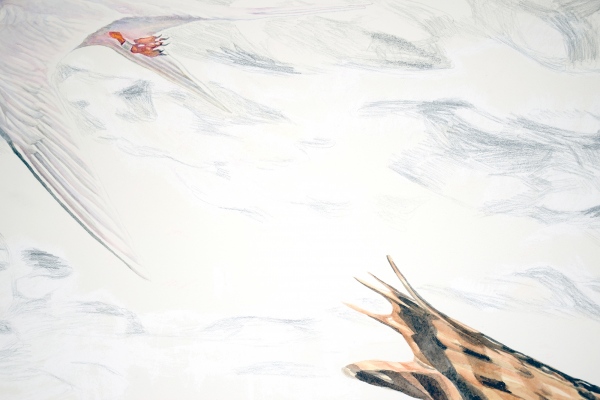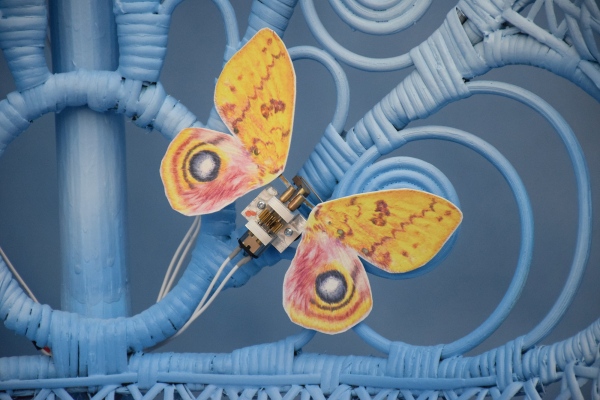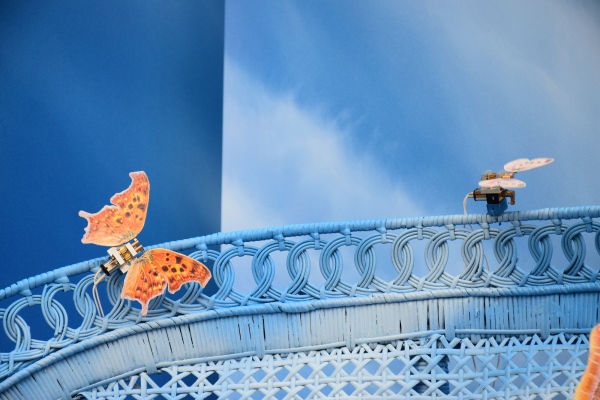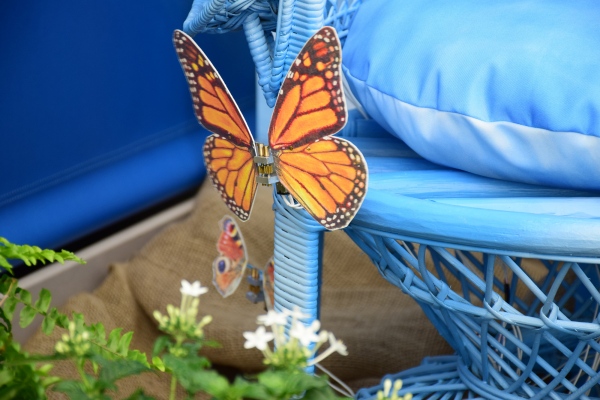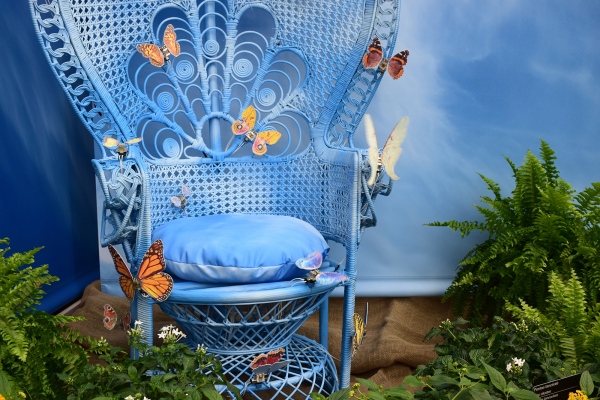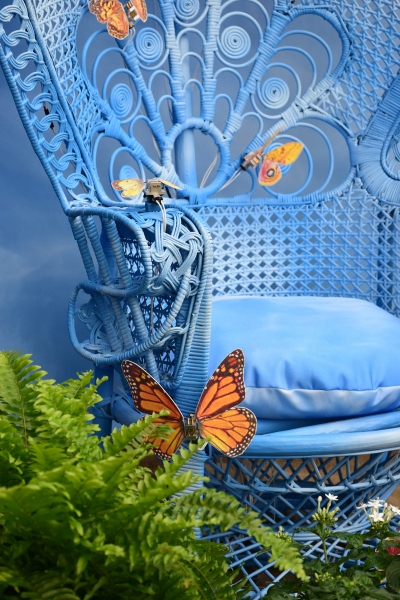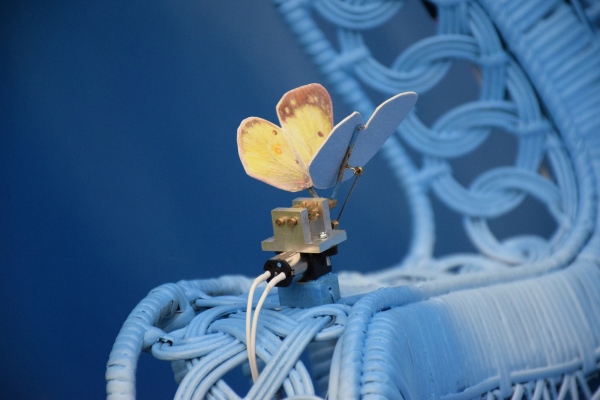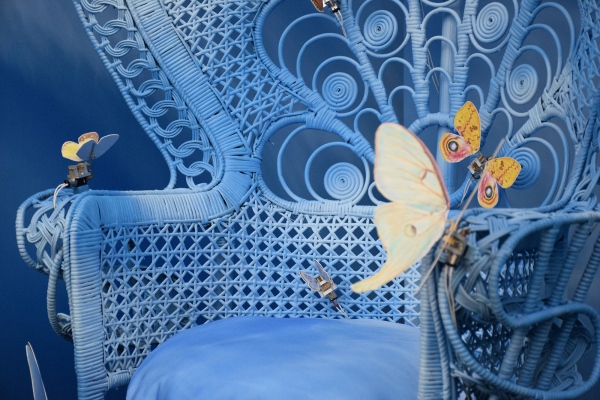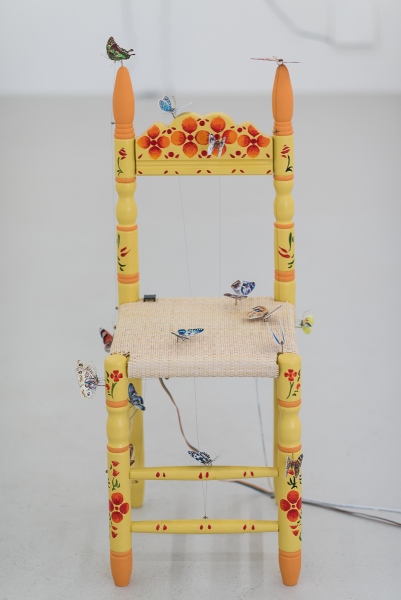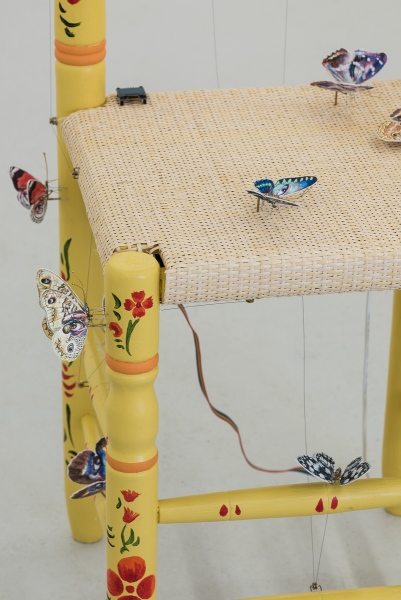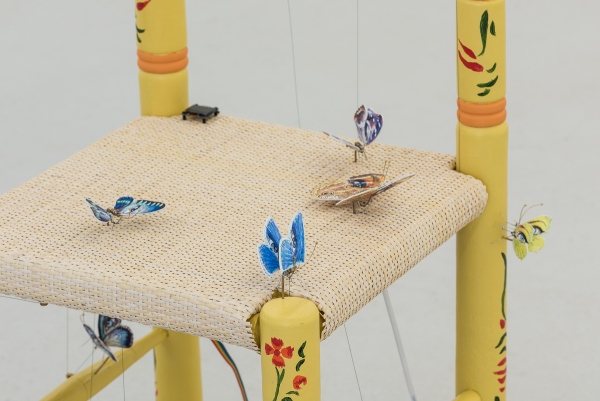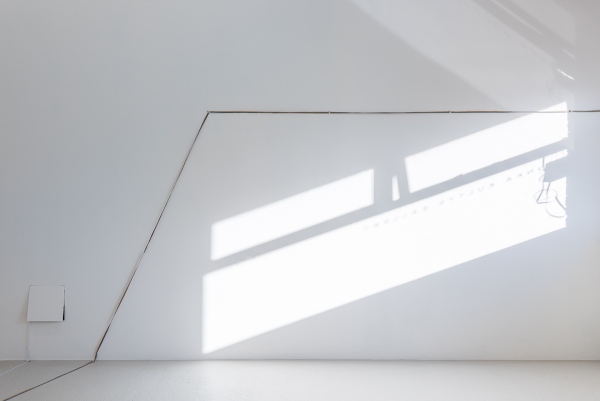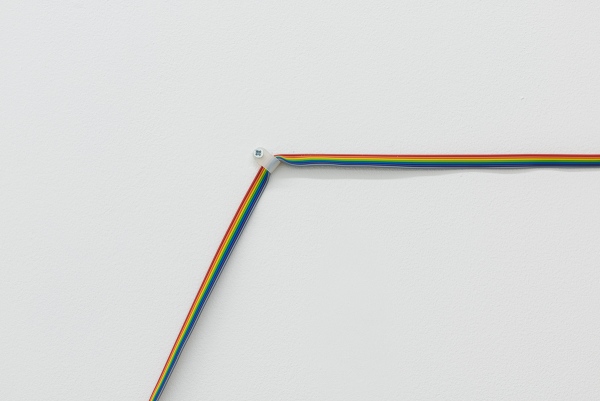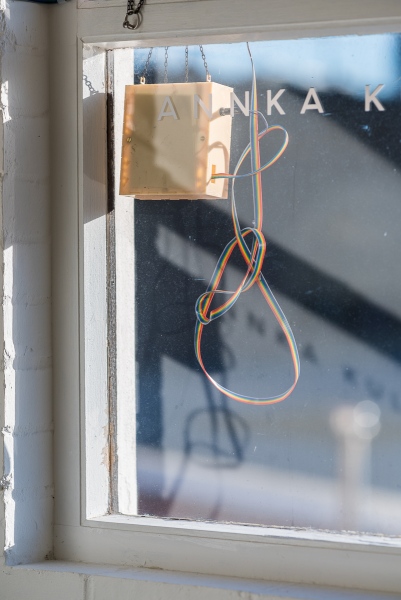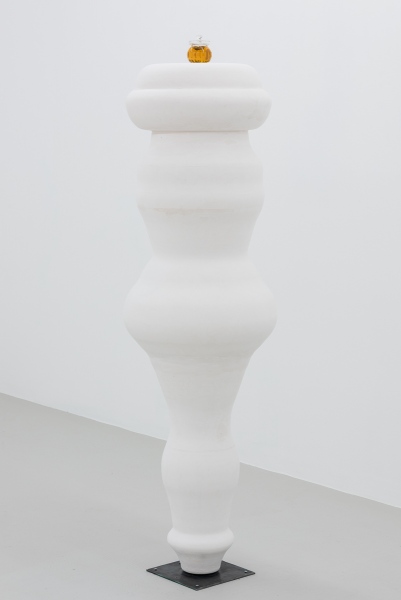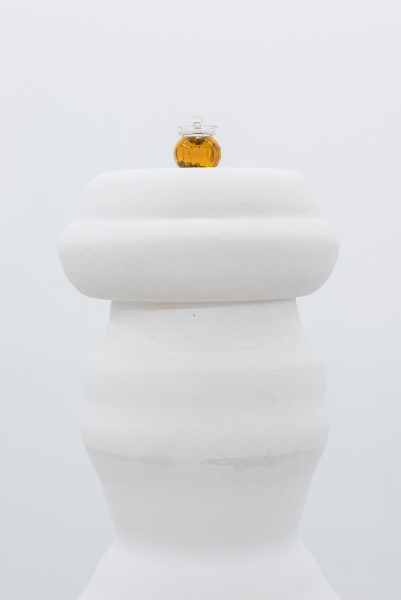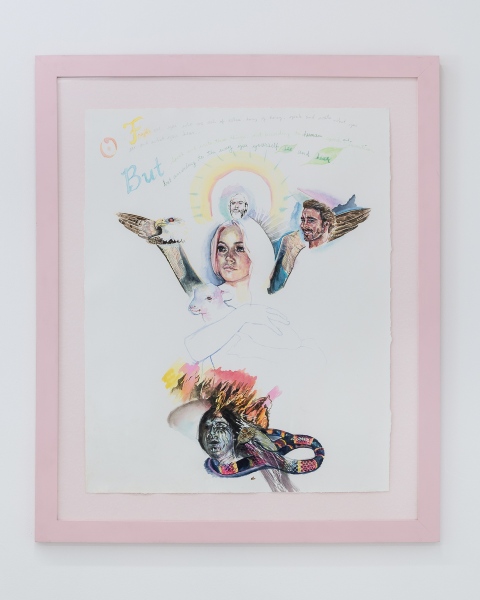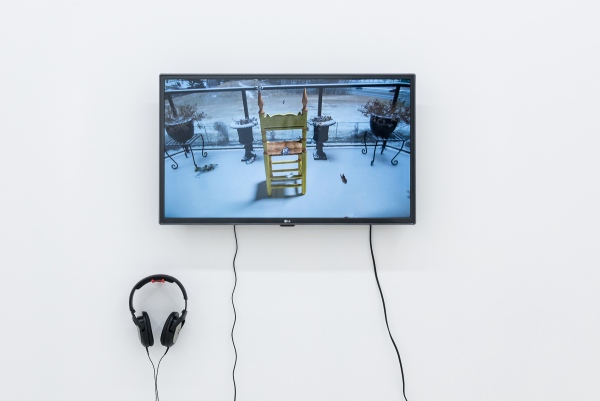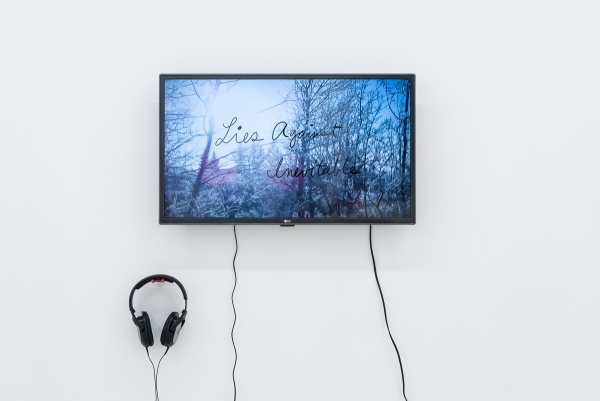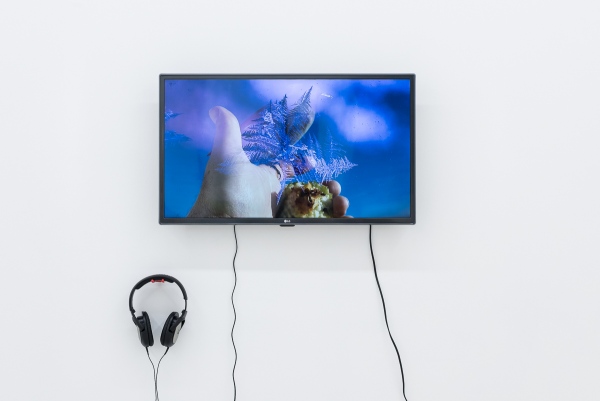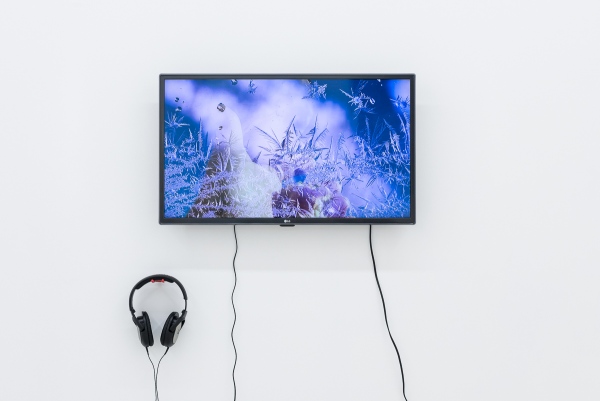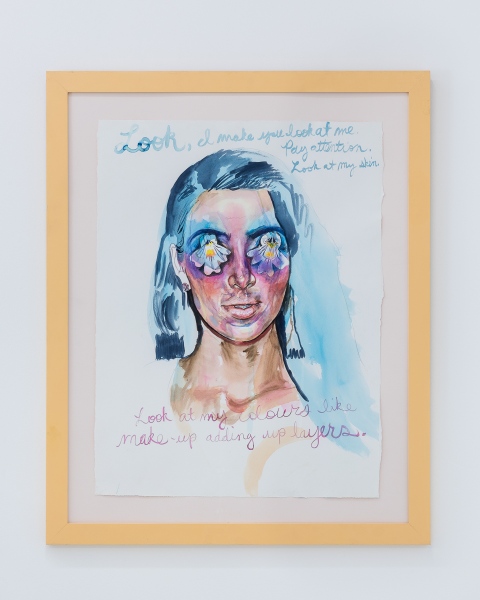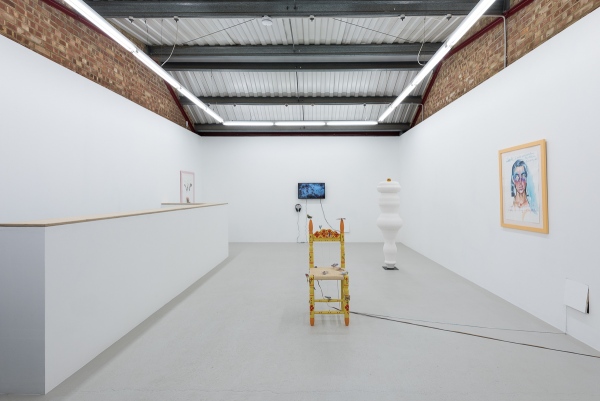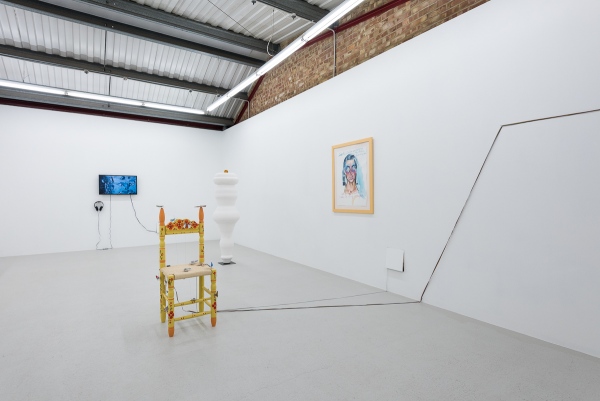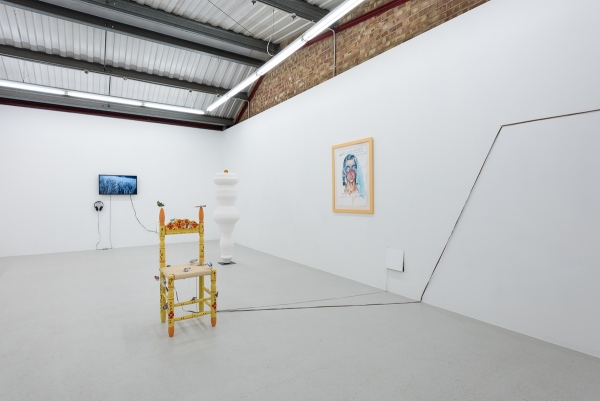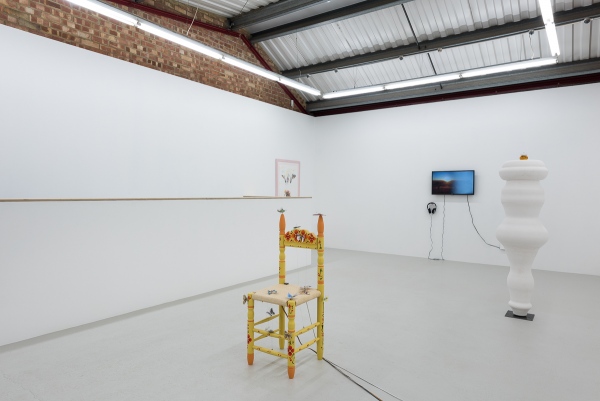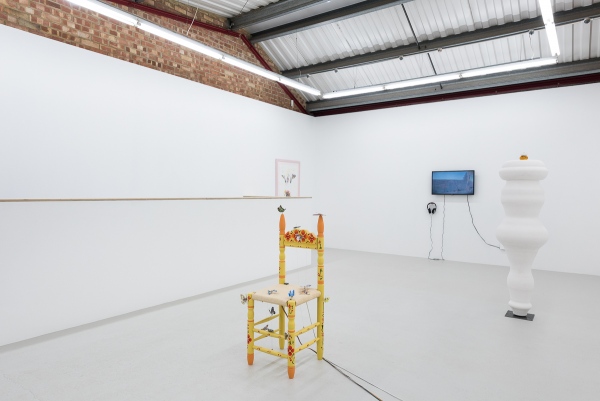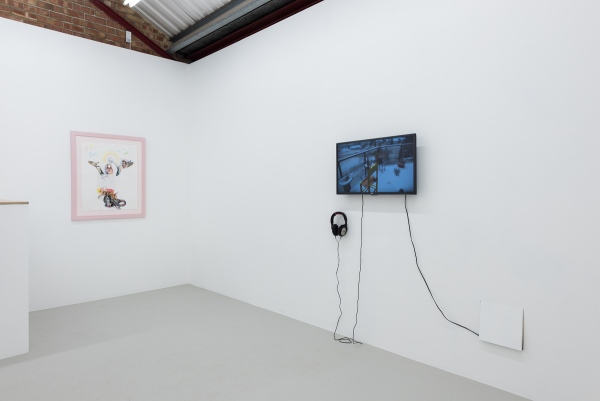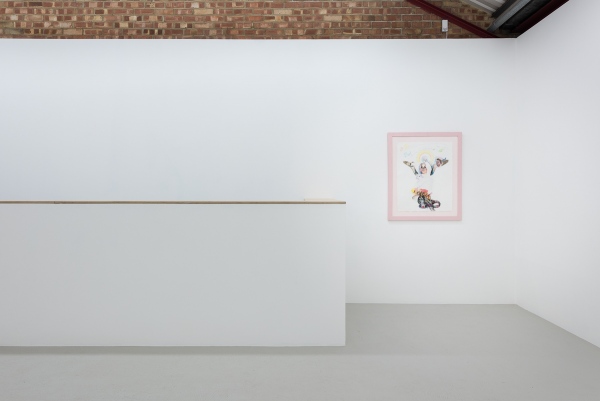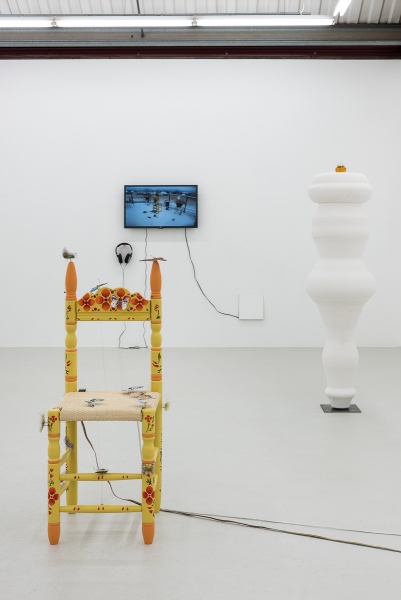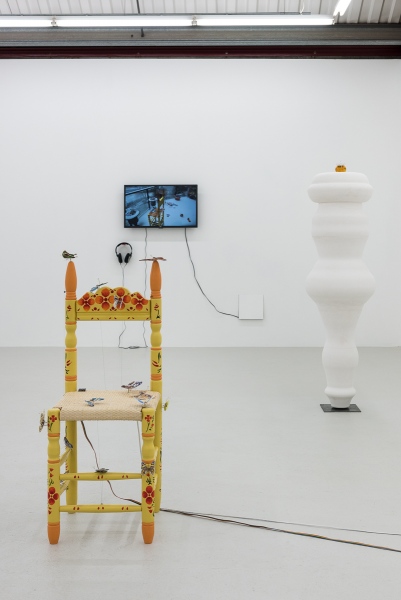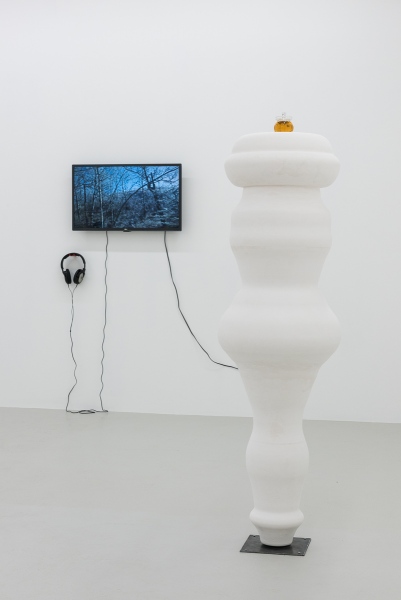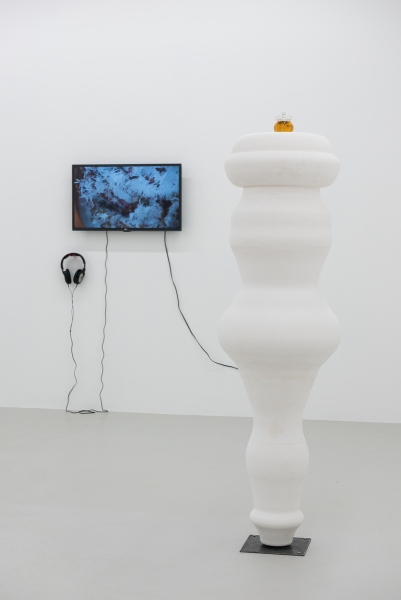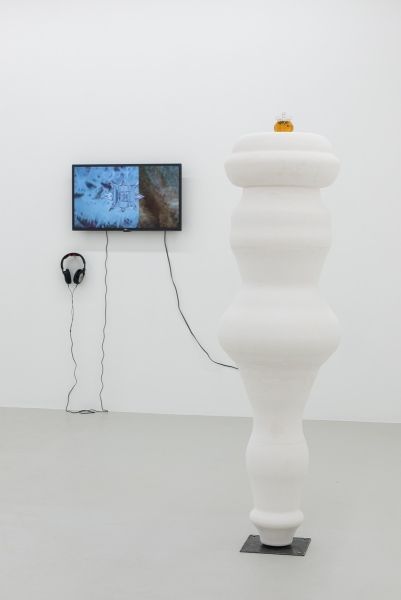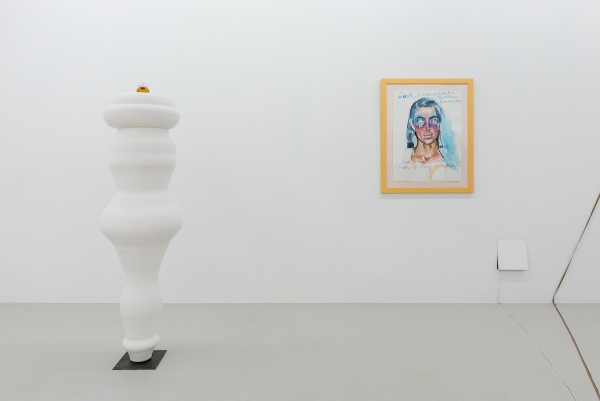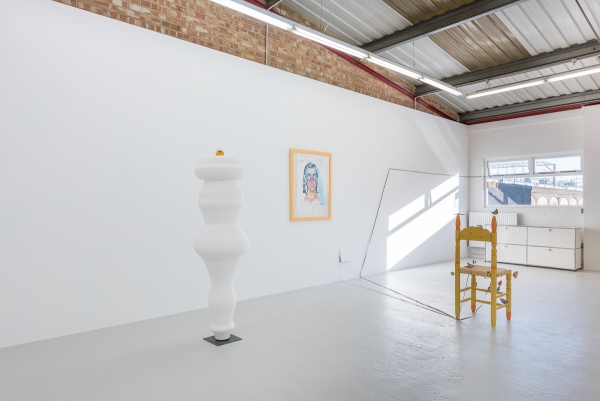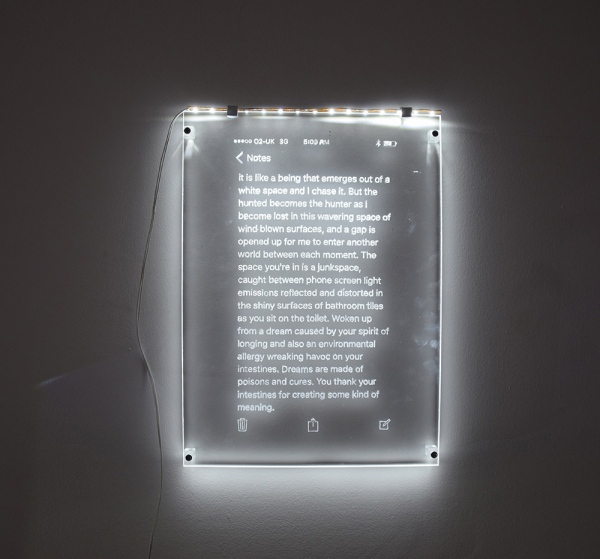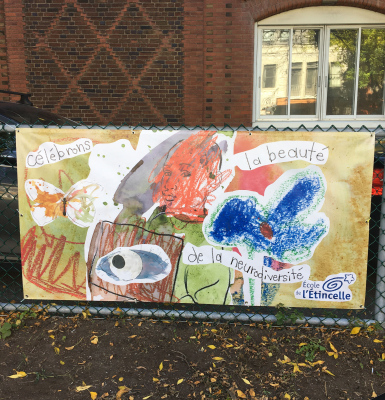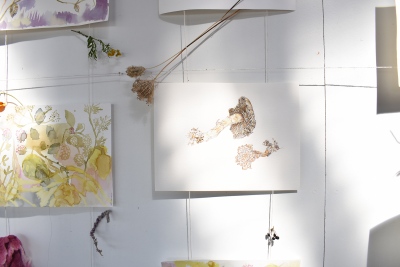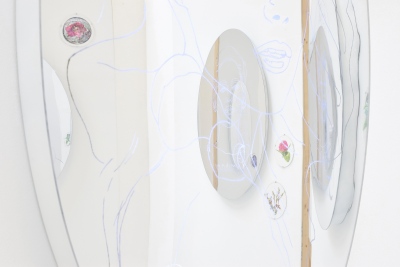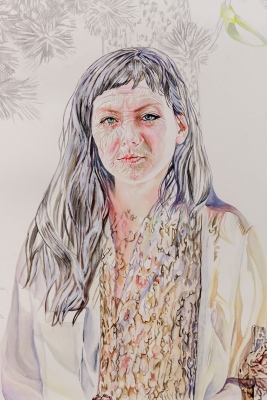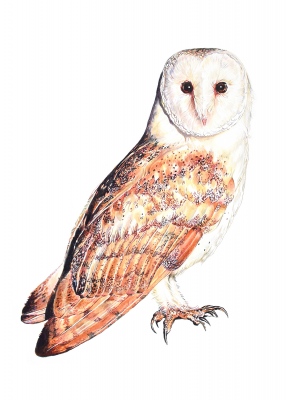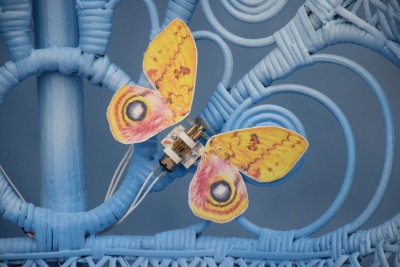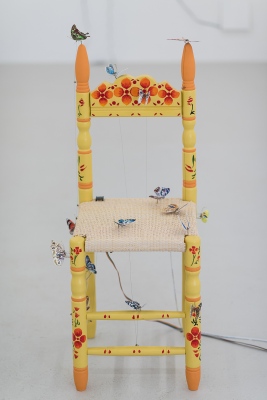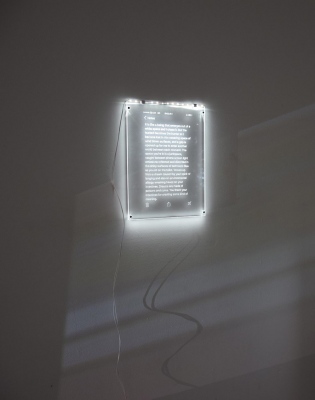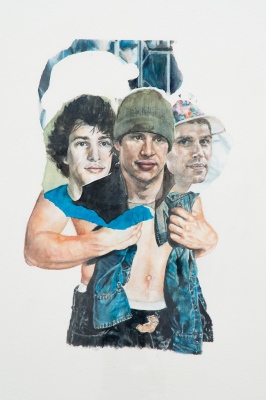Faisons briller la neurodiversité
Les élèves de l’école de l’Étincelle ont créé ces images en explorant un processus ouvert à l’expérimentation et à l’engagement sensoriel avec les matériaux. Nous avons utilisé les matériaux naturels ou recyclés (peinture végétale, papier, crayon) et nous nous sommes inspirés par la diversité des couleurs et formes trouvées dans la nature.
Merci beaucoup à tous les techniciens et techniciennes en éducation spécialisée, aux préposé.e.s aux élèves handicapés, aux enseignant/es, à la direction de l'école, et aux parents des élèves pour avoir aidé à réaliser ce beau projet, surtout Julie Gauvin et Annie Malthais.
Projet- Programme Écoles de quartier
Arrondissement du Plateau-Mont-Royal
Ce projet a été possible grâce à la subvention du Programme Écoles de quartier, de l’arrondissement du Plateau-Mont-Royal. Ce programme vise, entre autres, à soutenir des projets qui contribuent à la vitalité de l’école, à tisser des liens avec la communauté et à renforcer le sentiment d’appartenance des élèves, des parents et du personnel envers leur milieu scolaire.
Labo des couleurs éphémères
Durant cette saison des récoltes de 2019, j’ai eu l’opportunité d’être choisi comme artiste en résidence par l’organisation « On Sème », dans le cadre des projets éphémères du campus MIL de l’Université de Montréal.
Les projets éphémères constitués d’un regroupement d’utilisations temporaires de terrains vagues anciennement industrialisés et qui précèdent l’établissement d’un complexe universitaire, ont pour but de rapprocher les communautés autour des thèmes de l’agriculture, des arts et de « leur intersection ».
Durant ma résidence, mon projet titré « Labo des couleurs éphémères » consistait à expérimenter les possibilités d’utiliser les matières végétales présentes dans les jardins du campus, comme pigments biologiques de peinture.
À travers ce processus expérimental, ouvert au public de tous les âges, j’ai pu témoigner du comportement physique et chimique des plantes mais aussi de la mesure à laquelle nous sommes touchés, interpelés par les esthétiques (les forces créatrices) de ces compagnons végétaux.
She Thrives in Poor Soils
Goldsmiths MFA Degree Show, London
July 14-18, 2016.
plexiglass, LEDs, watercolour, MDF, air fresheners, 3d prints, drywall, timber, bathroom features, embroidered underwear, turned plaster, cast resin, weeds, water.
typical junkdreams of movie stars as the neural pathways are washed out every night
junkspace is the whitewashing of time, space, architecture, struggle, difference
white on white, you loose your sense of separateness
cleanliness is next to godliness
heaven is a place of exclusion
the walls impose limitations to movement
the walls contain you yet don’t care about you
the furniture, made in your image, keeps quiet and still like you’re supposed to be
a porcelain, poreless, impenetrable goddess
all the young-skinny-white celebrities have infinitesimal variations on the same face
their white tears make a bath
Christian virtues: Justice, Prudence, Courage, Temperance, Hope, Faith, Charity
you stole them, made them your own, taking selfies and making affirmations
from within the walls you grew wild, spewing seeds in unforeseen directions and taking hold
painting weeds, as a mindfulness exercise
With Generous Support from Wickes
Our House of Common Weeds
Group exhibition curated by Nathalie Boobis
featuring works by artists Verity Birt, Fourthland, Carl Gent, Anna FC Smith & Andrea Williamson.
28 October – 25 November 2017 at Res. London, UK
16 November 2018 – 11 January 2019 at The NewBridge Project : Gateshead
Our House of Common Weeds was the result of an eighteen month process of collaborative research into knowledge and ideas ravaged in the path of progress but still latent within stories, rituals, our bodies and the landscape. The artworks within Our House of Common Weeds suggest a constellation of other possible futures built with the disenfranchised wisdom from the realms of female, folk and indigenous cultures, prehistory, the ‘irrational’ and the non-human.
The forms of collaboration through which each artist has developed their ideas are directly reflective of the content of the work. Verity Birt’s sound, video and sculptural pieces exploring feminine mythologies, collectivity and prehistoric rock art have been realised through vocal workshops with Newcastle-based women’s choir, SHE, at Lordenshaw Channel and Roughting Lynn, Neolithic sites in Northumberland. Carl Gent’s folkloric well sculpture is the result of long term research into the fictions and mythologies of the Mercian Queen Cynethryth, the Victorian explorer Kate Marsden and conversations with the storytelling duo, Sheaf+Barley. Fourthland’s installation evoking a domestic scenario of matriarchal reign results from workshops with Xenia, an English language and friendship group for migrant women learning English and English-speaking women in Hackney, London. Anna FC Smith’s festive sculpture, video and sound work on the collective potential of communal intoxication, singing and revelry has been developed in collaboration with regular karaoke-goers at The Bowling Green pub in Wigan and its landlady Nancy Jones. Andrea Williamson’s large scale watercolour and pencil dreamscapes are developed in collaboration with the public archive of Canadian endangered species and the online dream-sharing community, r/Dreams.
The works in the exhibition bear traces of lived experience that the artists have identified as potent ingredients for other possible futures. Our House of Common Weeds proposes the aesthetic experience of the artworks as a set of tools for activating disenfranchised knowledge and interrupting the singular version of the future that is currently unfolding.
Supported using public funding by the National Lottery through Arts Council England.
Staying with 150
A practice of illustrating 150 species, from birds to molluscs to water beetles, endangered in Canada. Trying to take them in and give them presence and space, as I paint each hair, spot, vein, scale.
For Donna Haraway, mourning is neither hopeful nor despairing, future or past oriented, but about sitting with the complexity of relations surrounding and in you. It's about thinking responsibly of consequences to others and not looking away. My ritualistic process of mimetic painting, in which I closely observe and render 150 wildlife species at risk from the federal government's database SARA, allows me to meditate on the creatures that are dying as direct and indirect results of my and my culture's presence. Looking at this truth and the specificity of life and relations in these moments of sustained reflection and attention is for me currently one way to respond and find responses along the way.
Without sustained remembrance, we cannot learn to live with ghosts and so cannot think.
-Donna Haraway, Staying with the Trouble
Mourning is about dwelling with a loss and so coming to appreciate what it means, how the world has changed, and how we must ourselves change and renew our relationships if we are to move forward from here. In this context, genuine mourning should open us into an awareness of our dependence on and relationships with those countless others being driven over the edge of extinction... This work is not opposed to practical action, rather it is the foundation of any sustainable and informed response.
-Thom van Dooren, Flight Ways
A series of 150 archival prints will be made to raise funds for habitat conservation in Canada.
15% of every sale will go to the Nature Conservancy of Canada.
email andrealindaw@gmail.com or see Etsy
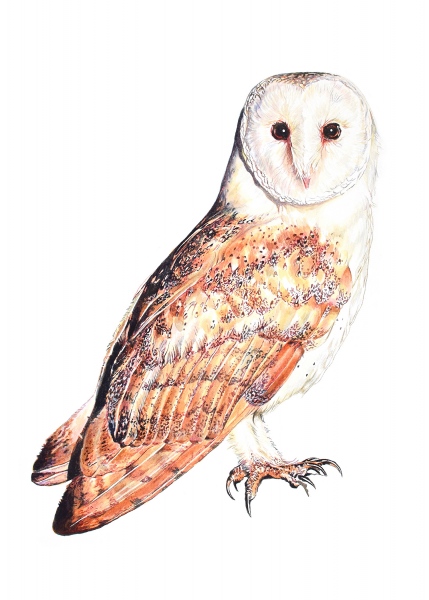
Barn Owl
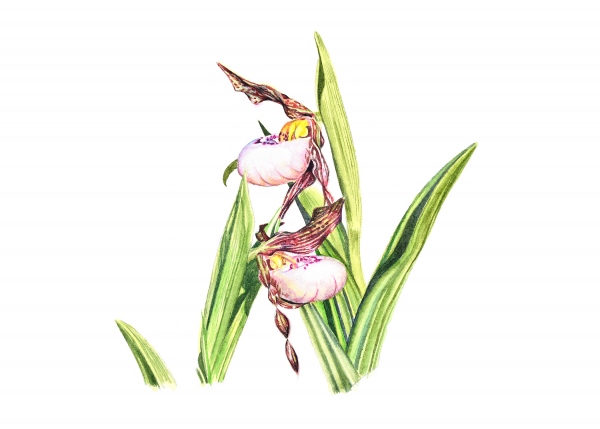
Small white Lady's-slipper
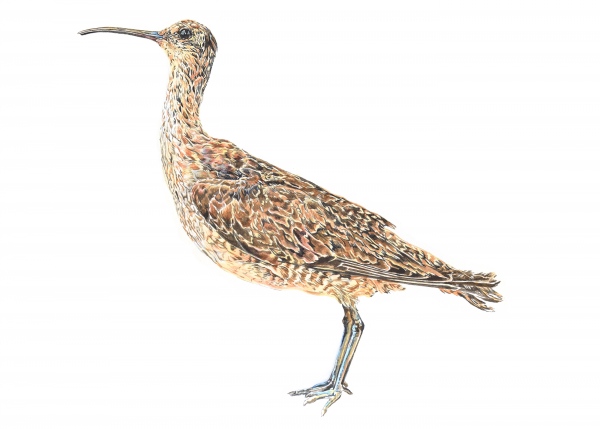
Numenius borealis

Horned Grebe
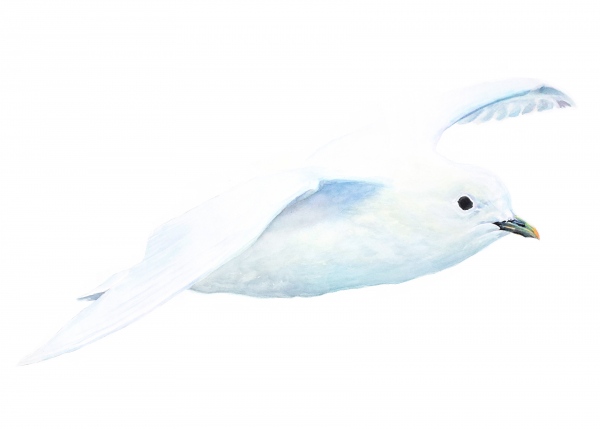
Ivory Gull
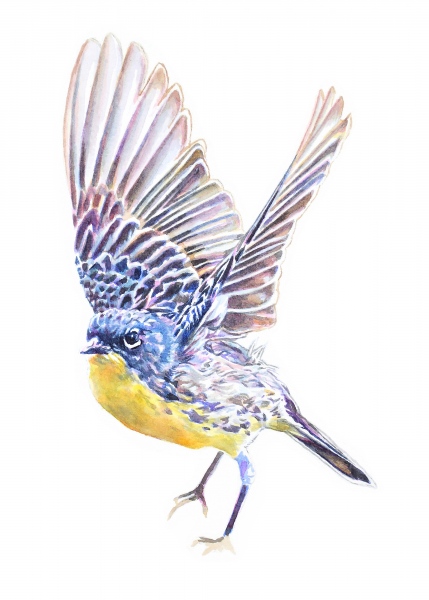
Kirtland's Warbler
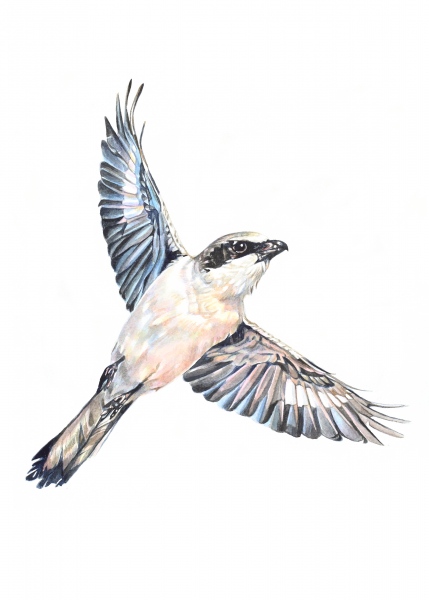
Loggerhead Shrike

Mountain Plover

Northern Bobwhite
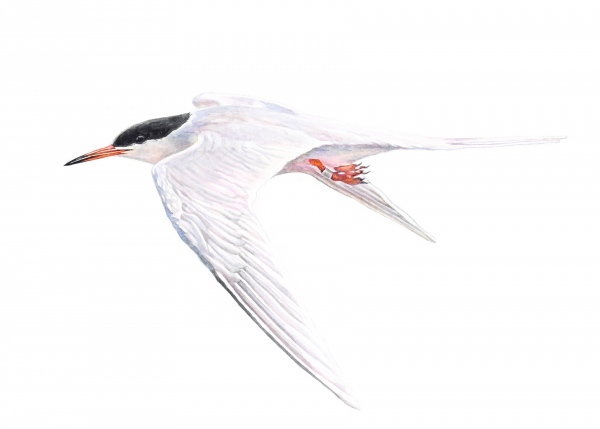
Roseate Tern

Sage Thrasher
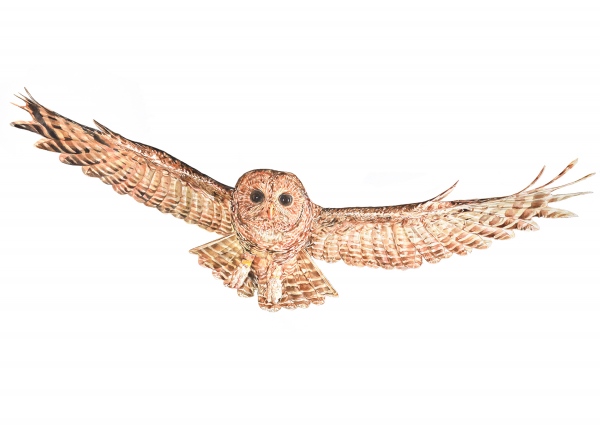
Spotted Owl
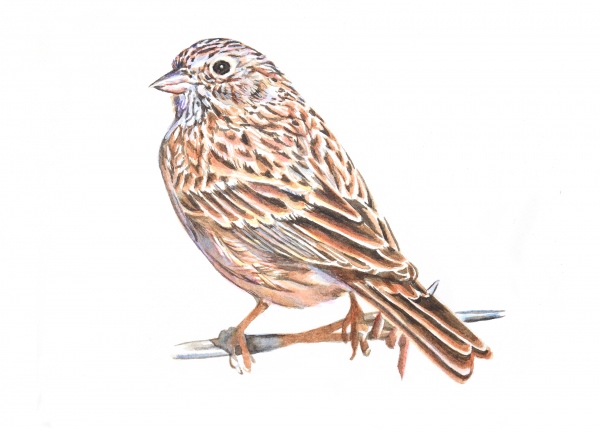
Vesper Sparrow
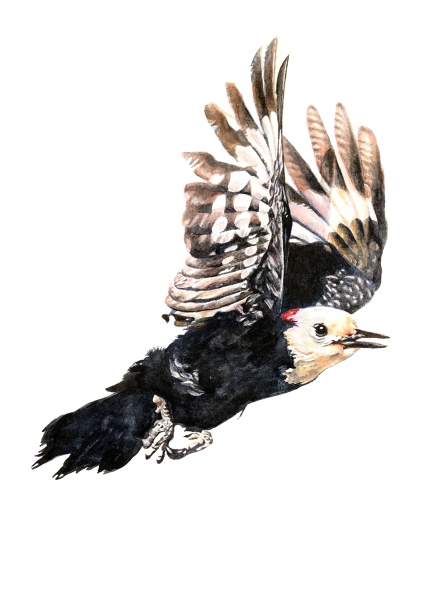
White-headed Woodpecker
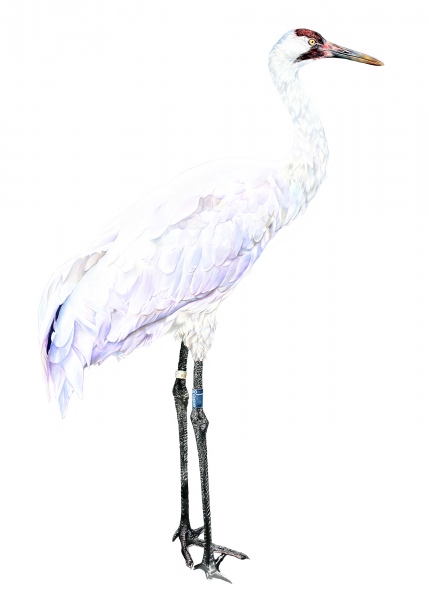
Whooping Crane
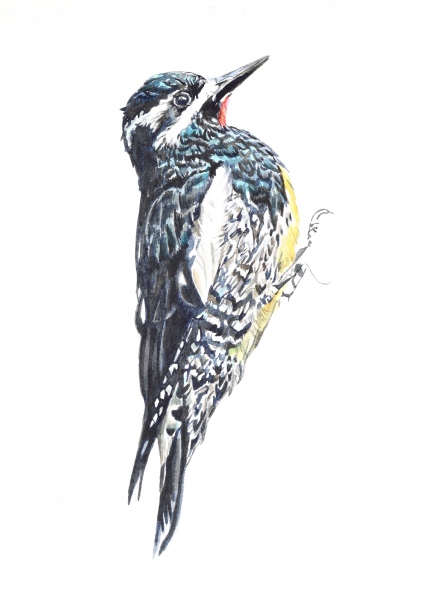
Williamson's Sapsucker
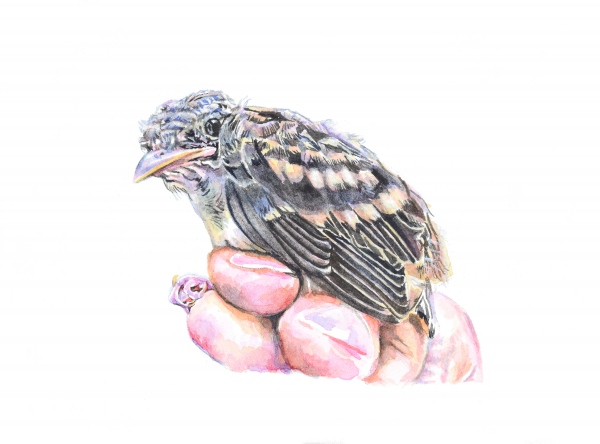
Acadian Flycatcher
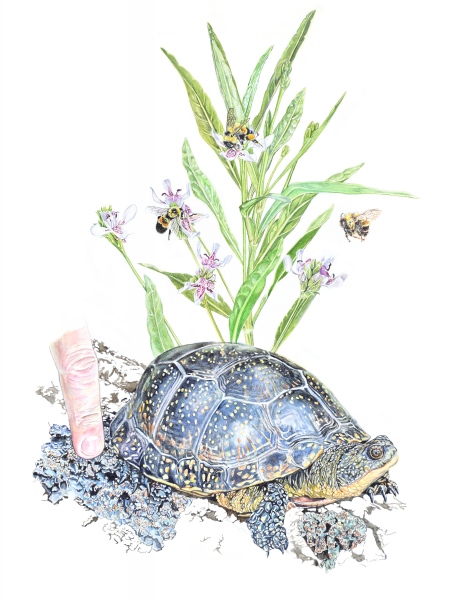
Rusty-patched Bumblebee, Blanding's Turtle, American Water-willow
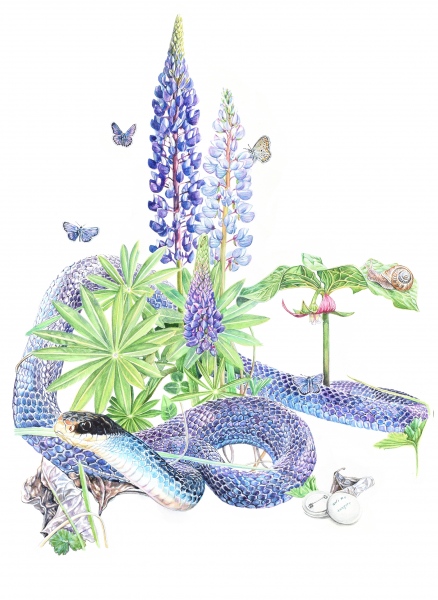
Blue Racer, Prairie Lupine, Drooping Trillium, Braod-banded Forestsnail, Karner Blue
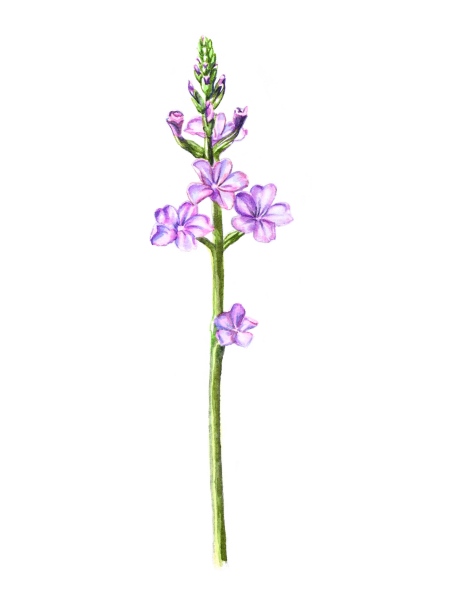
Bluehearts
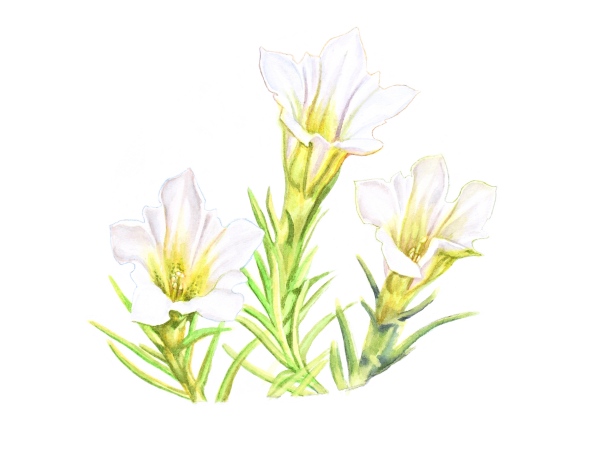
White Prairie Gentian
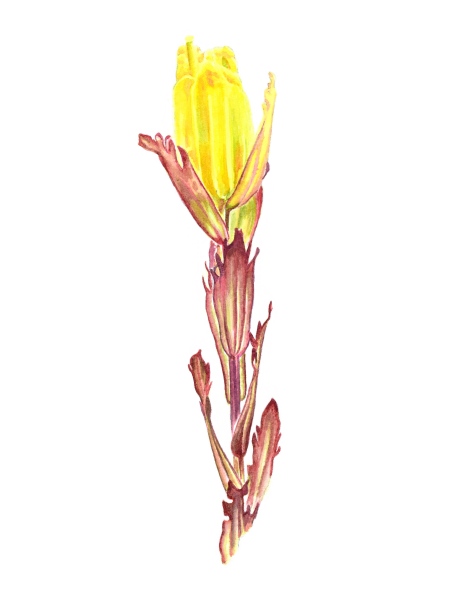
Golden Paintbrush
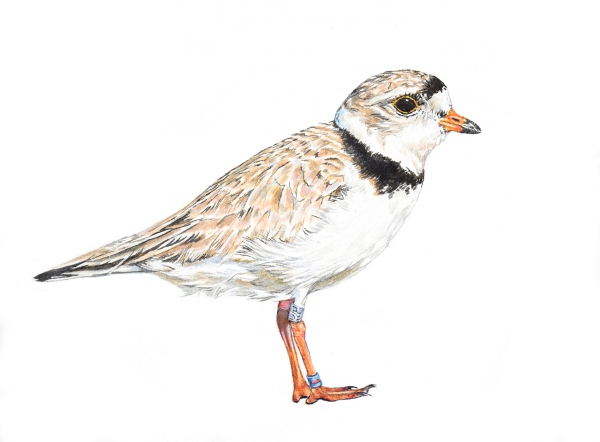
Piping Plover
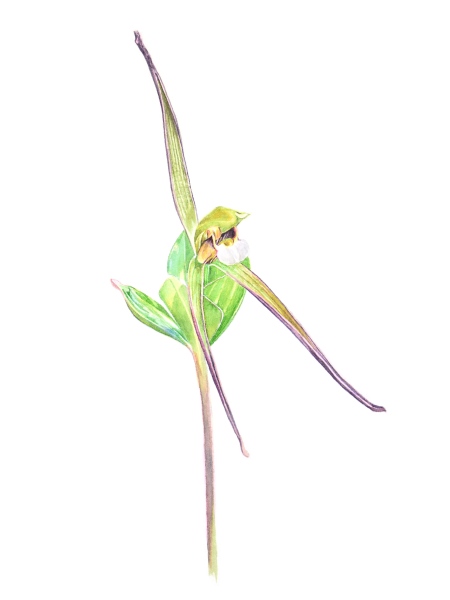
Large Whorled Pogonia
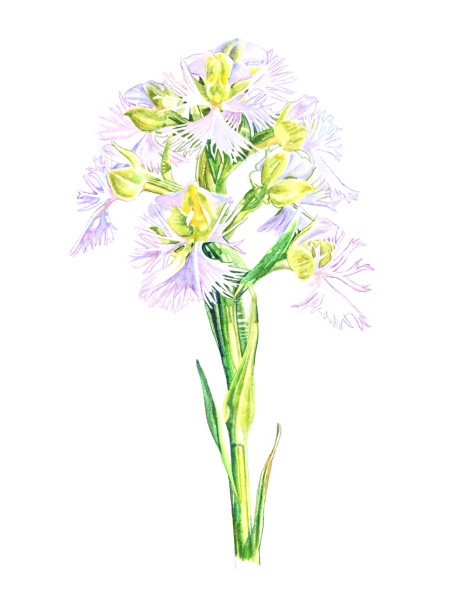
Eastern-prairie Fringed Orchid

Howell's Triteleia
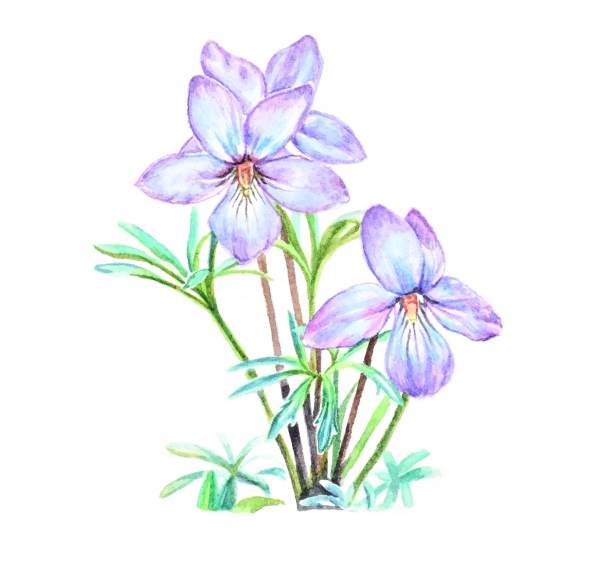
Bird's-foot Violet
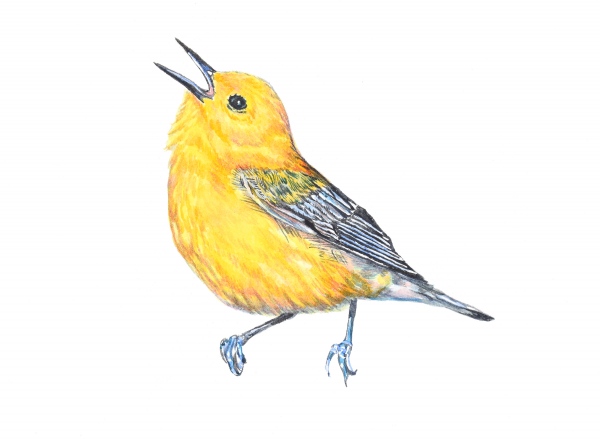
Prothonotary Warbler
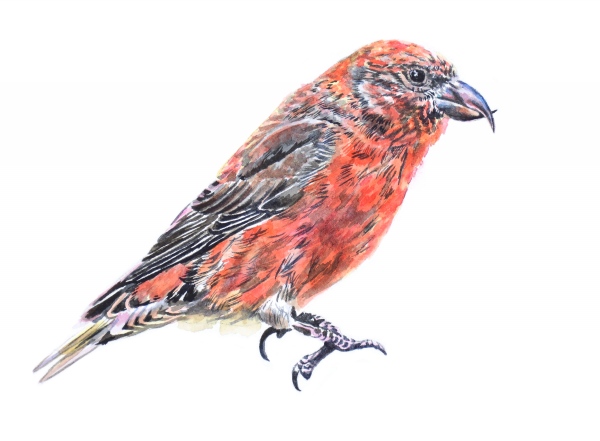
Red Crossbill
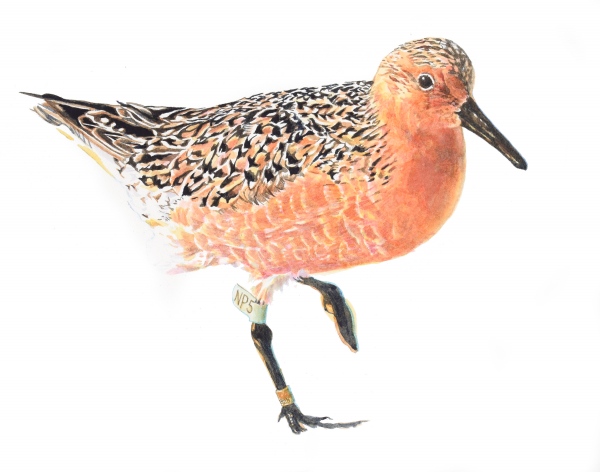
Red Knot (rufa)
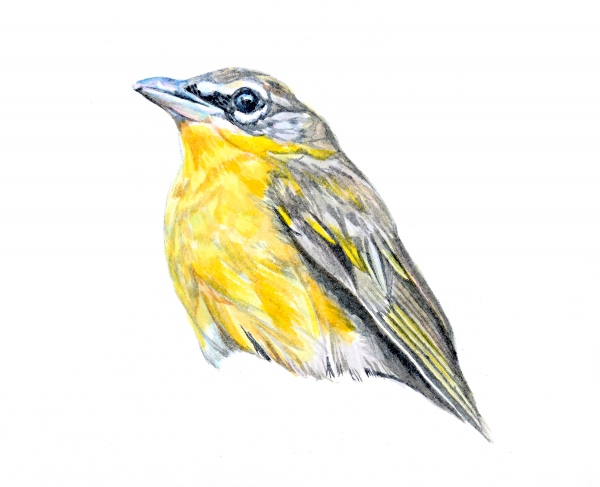
Yellow-breasted Chat
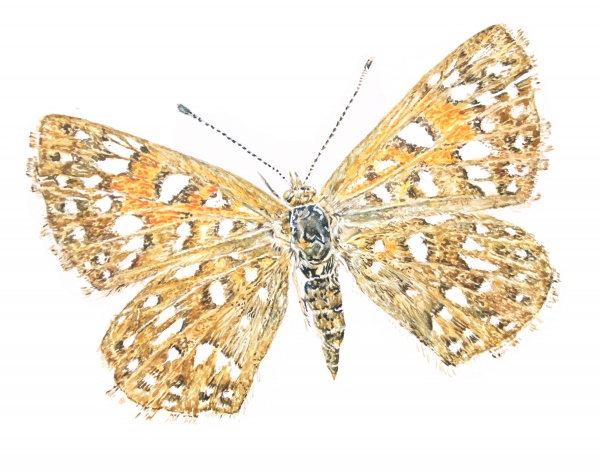
Mormon Metalmark
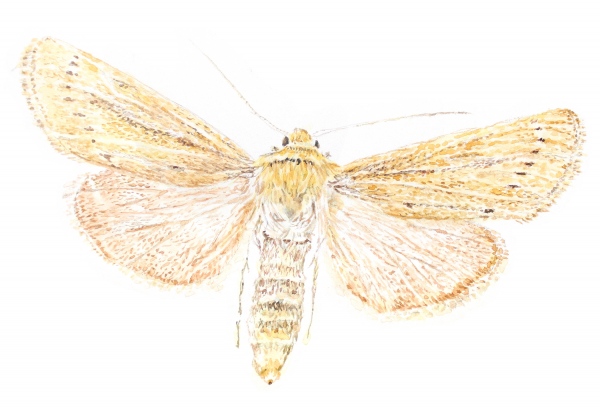
Dusky Dune Moth
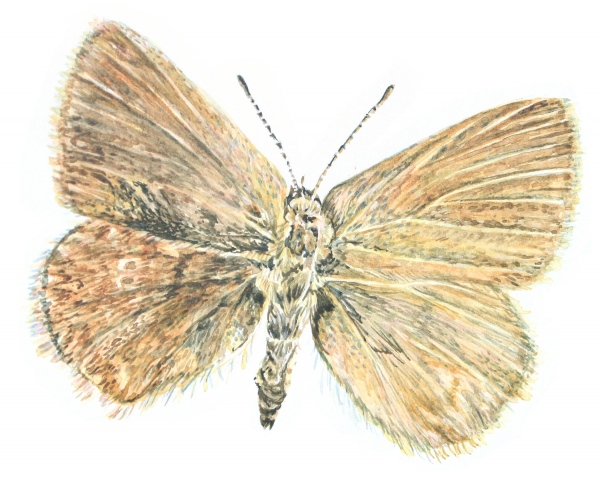
Half-moon Hairstreak
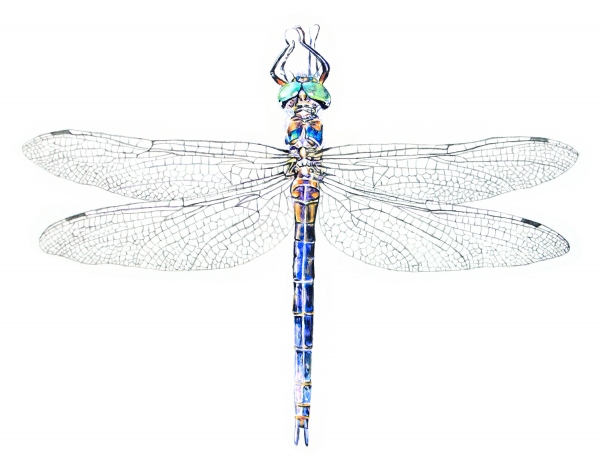
Hine's Emerald
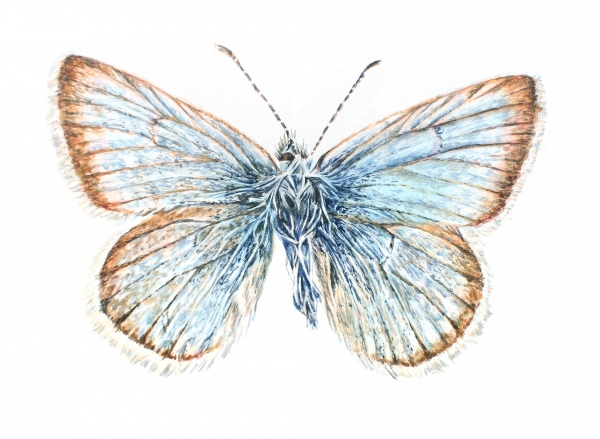
Island Blue
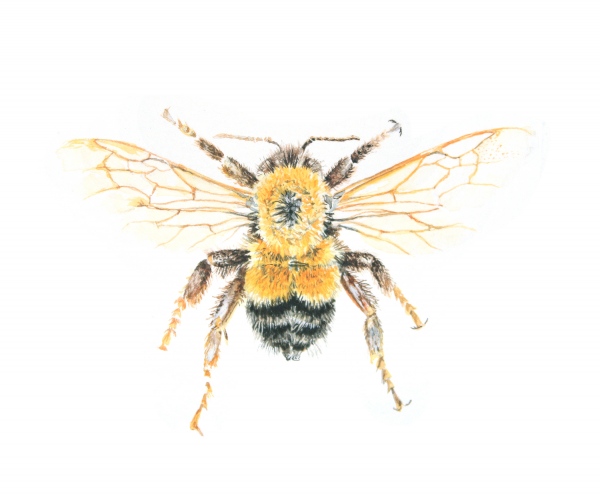
Rusty-patched Bumble Bee
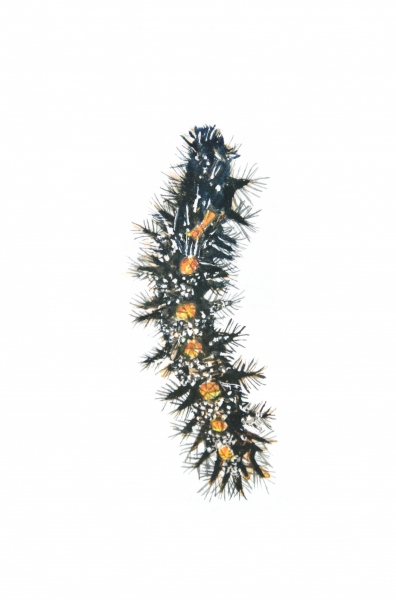
Taylor's Checkerspot
-
1
Barn Owl
-
2
Small white Lady's-slipper
-
3
Numenius borealis
-
4
Horned Grebe
-
5
Ivory Gull
-
6
Kirtland's Warbler
-
7
Loggerhead Shrike
-
8
Mountain Plover
-
9
Northern Bobwhite
-
10
Roseate Tern
-
11
Sage Thrasher
-
12
Spotted Owl
-
13
Vesper Sparrow
-
14
White-headed Woodpecker
-
15
Whooping Crane
-
16
Williamson's Sapsucker
-
17
Acadian Flycatcher
-
18
Rusty-patched Bumblebee, Blanding's Turtle, American Water-willow
-
19
Blue Racer, Prairie Lupine, Drooping Trillium, Braod-banded Forestsnail, Karner Blue
-
20
Bluehearts
-
21
White Prairie Gentian
-
22
Golden Paintbrush
-
23
Piping Plover
-
24
Large Whorled Pogonia
-
25
Eastern-prairie Fringed Orchid
-
26
Howell's Triteleia
-
27
Bird's-foot Violet
-
28
Prothonotary Warbler
-
29
Red Crossbill
-
30
Red Knot (rufa)
-
31
Yellow-breasted Chat
-
32
Mormon Metalmark
-
33
Dusky Dune Moth
-
34
Half-moon Hairstreak
-
35
Hine's Emerald
-
36
Island Blue
-
37
Rusty-patched Bumble Bee
-
38
Taylor's Checkerspot
Chaise papillon
Les papillons mécaniques, qui représentent les espèces retrouvées au Québec, battent leurs ailes à une fréquence correspondant au niveau de pollution actuel à Montréal.
En collaboration avec Chris Millar et Martin Peach.
L'oeuvre fut installée au centre d'acceuil du Jardin Botanique de Montréal, du 22 février au 29 avril 2018.
Yellow Butterfly Chair
Yellow Butterfly Chair, 2017
Robotic butterflies, turned reclaimed hardwood, air pollution sensors, arduino, low VOC water-based paint, LCD display, cane weaving. 104 x 40 x 40 cm.
Original painted butterfly wings open and close at varying speeds according to live air pollution data in London, UK.
In collaboration with Chris Millar.
Eternal Kim, 2016
Turned plaster, antique honey jar, honey, brass watch parts.
Fabrications of Flight, 2017, HD Video, 4:49
Images from Cacotopia at Annka Kultys Gallery, London, UK. Jan 11th – Feb 11th 2017.
The Coming Community
2015, Etched Perspex, LEDs, video projection, calendula, air dry clay, plinth, marble vinyl.
Watercolours
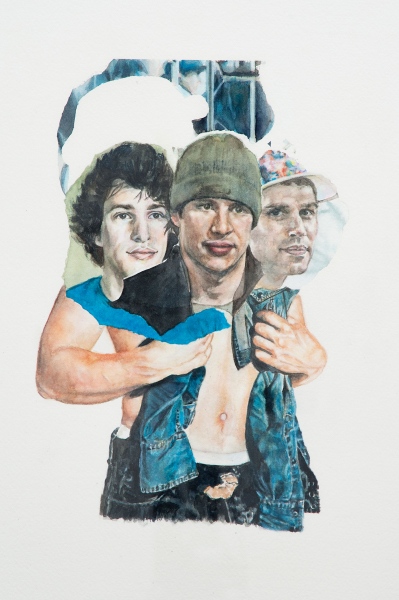
Three Brothers, 15" x 22", 2012
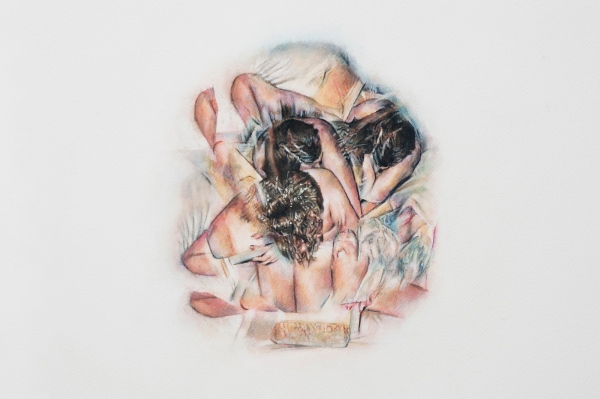
Chortled, 15" x 22", 2012
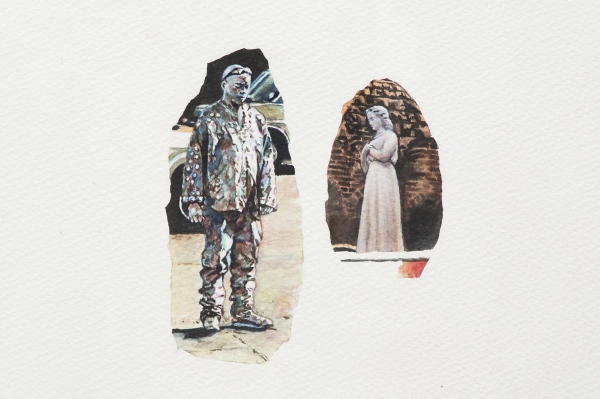
Tin Man and Angel, 8" x 10", 2012
-
1
Three Brothers, 15" x 22", 2012
-
2
Chortled, 15" x 22", 2012
-
3
Tin Man and Angel, 8" x 10", 2012
-
4
Waiting for the Ascension, 22" x 30", 2012
-
5
Tin Man, 9" x 12", 2012
-
6
On Touch, 22" x 30", 2013
-
7
Male Dancers, 25" x 40", 2013
-
8
Male Dancers (detail), 25" x 40", 2013
-
9
The Immortal Maker (detail), dimensions variable, 2014
-
10
Let Me Go (detail), 44" x 90", 2014
-
11
Let Me Go (detail), 44" x 90", 2014
-
12
Let Me Go (detail), 44" x 90", 2014

Three Brothers, 15" x 22", 2012

Chortled, 15" x 22", 2012

Tin Man and Angel, 8" x 10", 2012
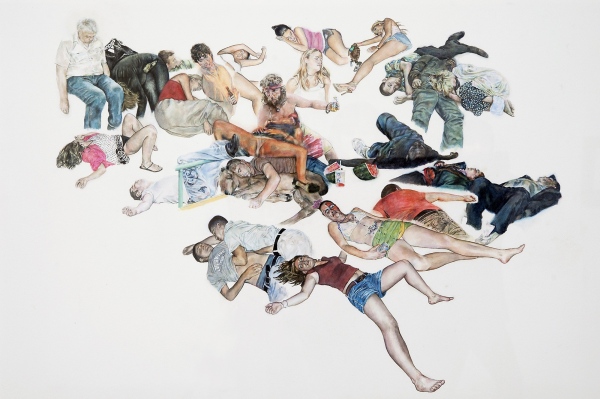
Waiting for the Ascension, 22" x 30", 2012
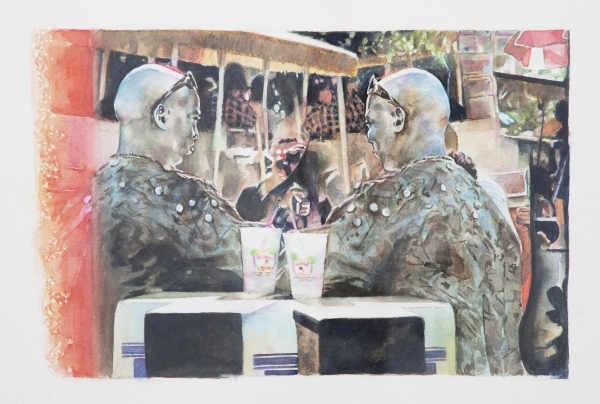
Tin Man, 9" x 12", 2012
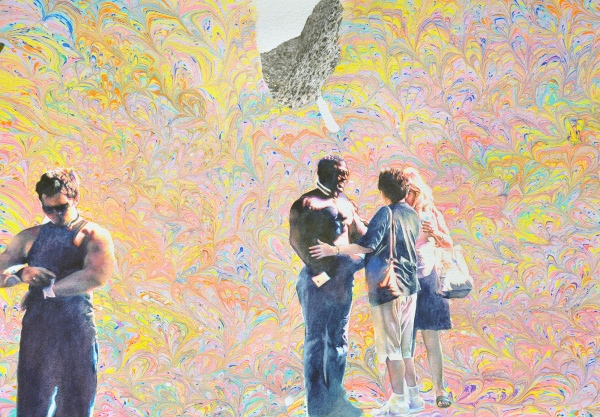
On Touch, 22" x 30", 2013
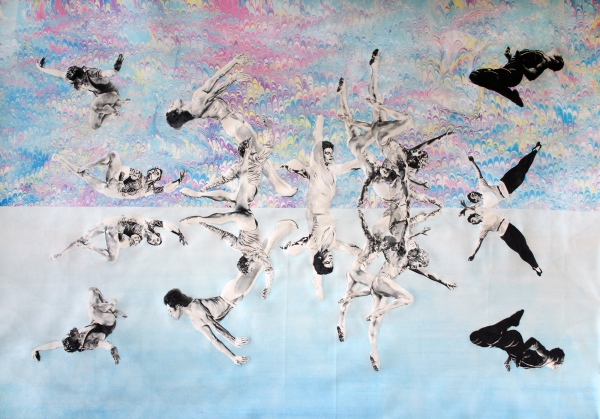
Male Dancers, 25" x 40", 2013
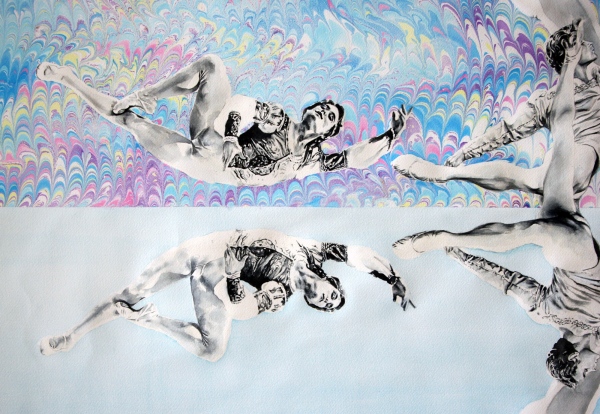
Male Dancers (detail), 25" x 40", 2013
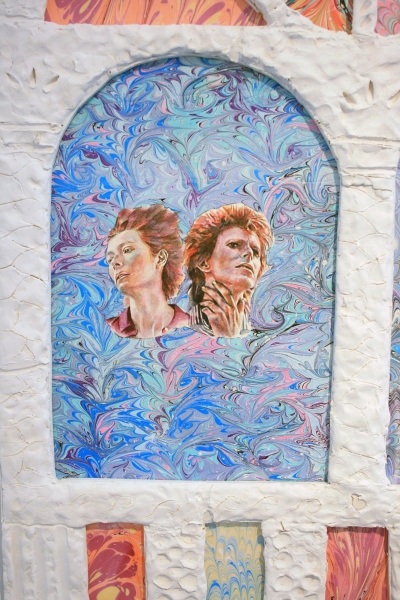
The Immortal Maker (detail), dimensions variable, 2014
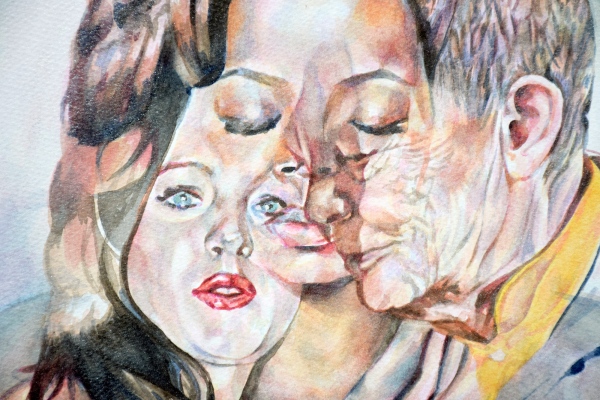
Let Me Go (detail), 44" x 90", 2014
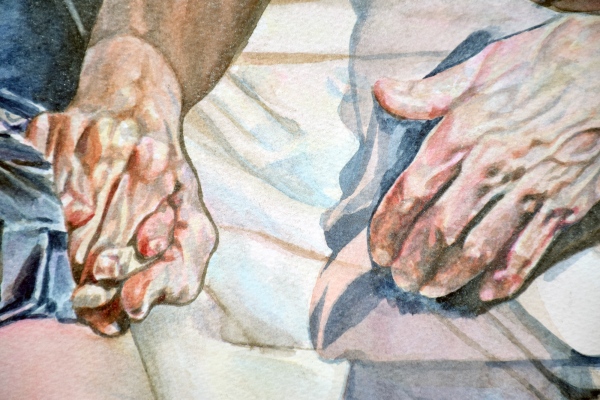
Let Me Go (detail), 44" x 90", 2014
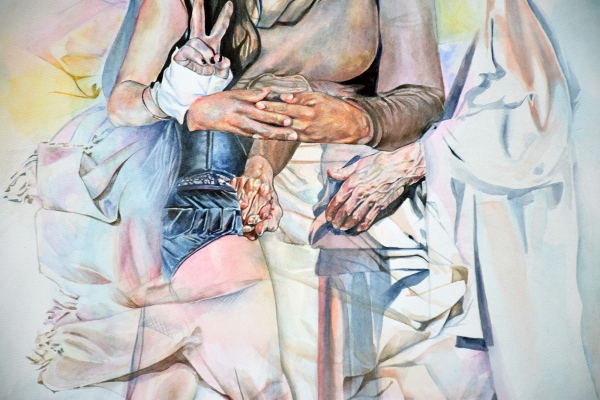
Let Me Go (detail), 44" x 90", 2014
-
1
Three Brothers, 15" x 22", 2012
-
2
Chortled, 15" x 22", 2012
-
3
Tin Man and Angel, 8" x 10", 2012
-
4
Waiting for the Ascension, 22" x 30", 2012
-
5
Tin Man, 9" x 12", 2012
-
6
On Touch, 22" x 30", 2013
-
7
Male Dancers, 25" x 40", 2013
-
8
Male Dancers (detail), 25" x 40", 2013
-
9
The Immortal Maker (detail), dimensions variable, 2014
-
10
Let Me Go (detail), 44" x 90", 2014
-
11
Let Me Go (detail), 44" x 90", 2014
-
12
Let Me Go (detail), 44" x 90", 2014
